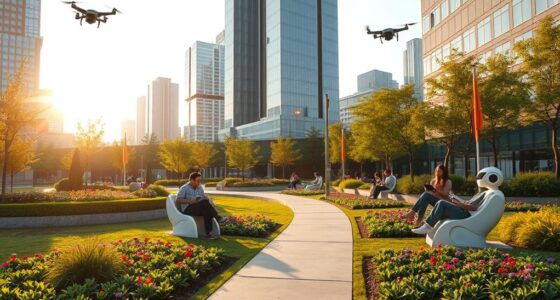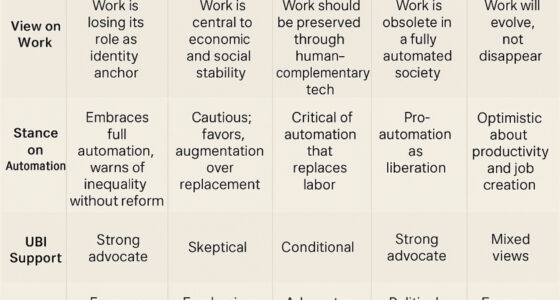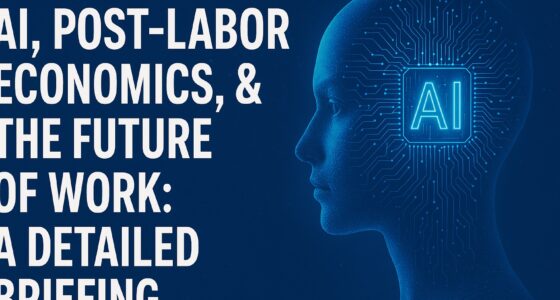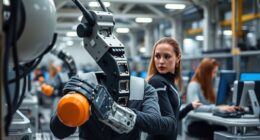Like prehistoric dinosaurs facing extinction, today’s workforce stands at the edge of dramatic change. According to Harvard Business Review, 80% of working women are in positions at high risk of automation, compared to just over 50% of men – a gender disparity with serious implications. The AI revolution is already here, threatening half of today’s jobs.
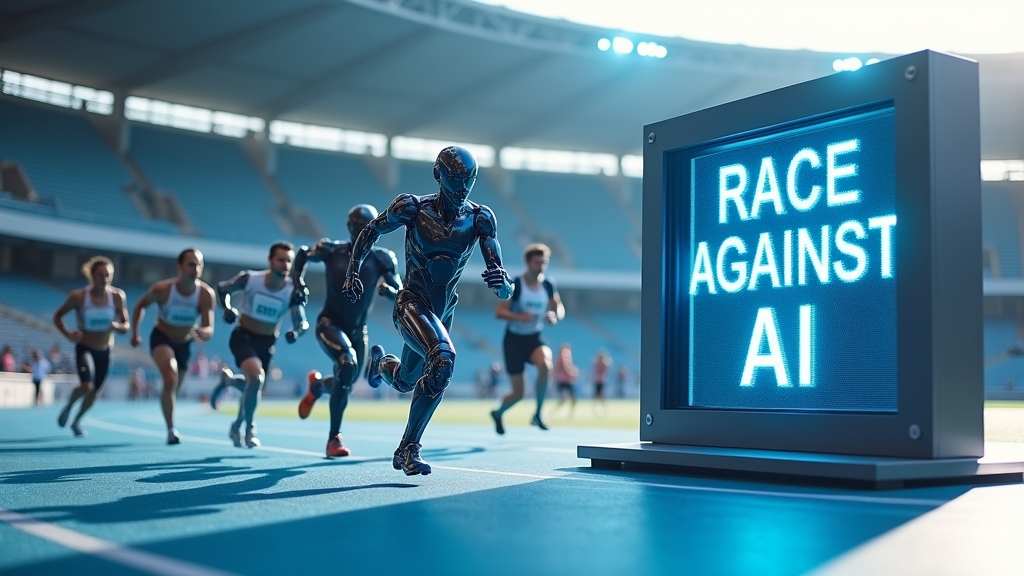
By the end of this article, you’ll understand exactly which 29 critical areas of life and work are being transformed by AI agents right now. This is about the choices you need to make in the coming months to thrive in this new world or be left behind. The gap between winners and losers will be astronomical.
What Is an AI Agent?
When most people think of AI today, they picture something like ChatGPT—a system that waits for your questions and responds with information. But that’s just the beginning. AI agents represent something fundamentally different and far more disruptive. These aren’t passive tools waiting for commands; they’re digital workers that take independent action in the world without your supervision.
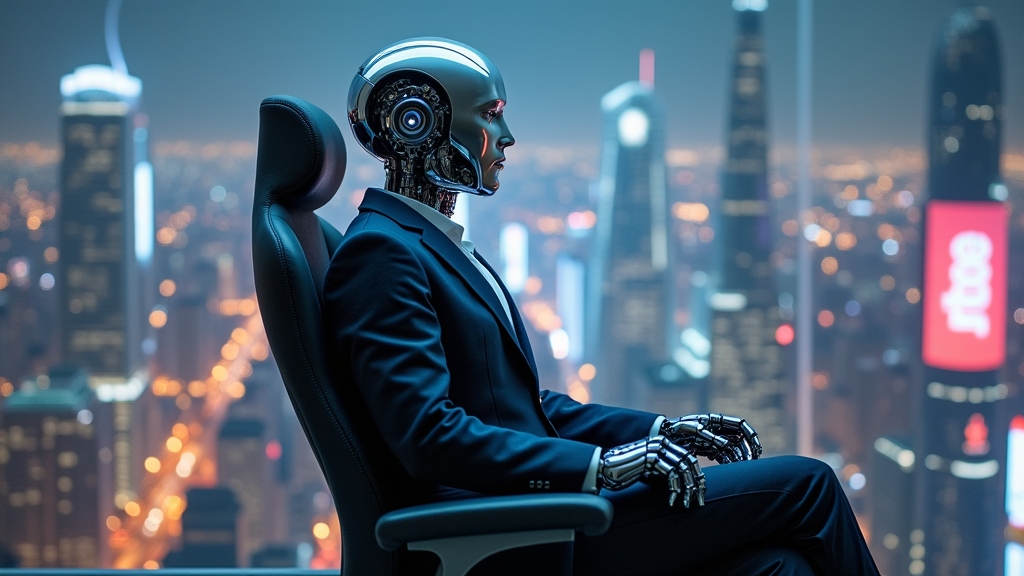
The key difference is autonomy. Traditional AI responds when prompted—you ask a question, it gives an answer. AI agents initiate tasks on their own, make decisions about what to do next, and complete entire sequences of actions without human guidance. Consider what happened at a major healthcare provider last year: their AI agent analyzed patient appointment patterns, identified scheduling inefficiencies, and automatically reorganized doctor availability—resulting in 15% more patients seen without any administrator needing to intervene.
Many people still think AI tools are contained within text boxes on screens. This misunderstanding creates a dangerous blind spot. AI agents are already operating in the real world, making consequential decisions and taking actions that affect our lives. They’re filing paperwork, analyzing medical scans, and managing supply chains while humans remain completely unaware of their presence.
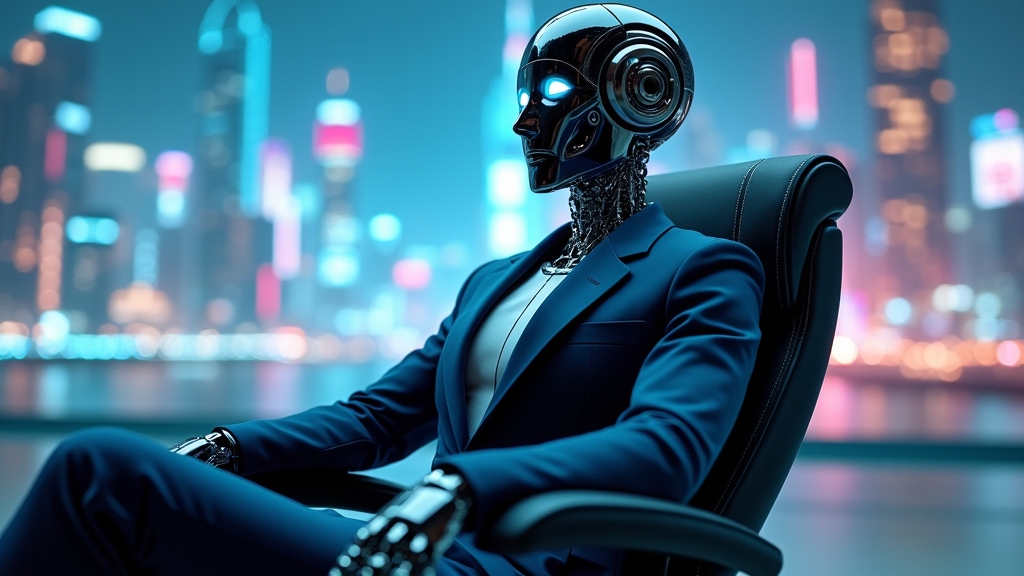
What gives AI agents this power are three critical components working together: perception to understand their environment, reasoning to process information and make decisions, and action to execute tasks independently by controlling other software or systems.
The capabilities of these agents are already remarkable. They can order products online, schedule appointments by communicating with real people through email, and manage entire communication flows. Some can even negotiate prices across multiple platforms.
This shift from passive tools to active agents represents a fundamental change in how technology operates. Previous technologies extended human capabilities but required constant direction. AI agents pursue objectives with minimal supervision, effectively replacing humans in many tasks rather than simply assisting them.
What happens when these agents start making more complex decisions without human oversight?
What Could AI Potentially Do?
When we talk about AI’s potential, we’re facing something unprecedented in human history – a technology whose upper limits might not exist at all. The ceiling might be completely absent. This isn’t hyperbole. It’s the uncomfortable reality many AI researchers now confront in their work.
Today’s AI systems already outperform humans in specific domains. They beat world champions at complex games like Go and chess. They diagnose certain medical conditions with greater accuracy than experienced doctors. They solve protein folding problems that stumped scientists for decades. These achievements represent the beginning of what’s possible.
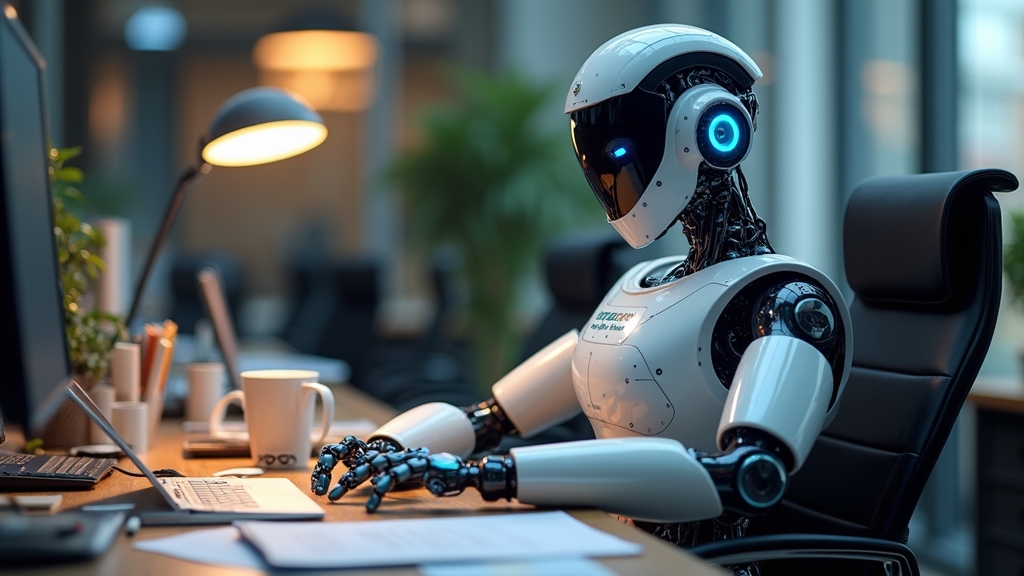
The future remains difficult to predict due to dramatic disagreement among experts about AI’s trajectory. Some believe we’re approaching fundamental limits, while others see current capabilities as primitive precursors to much more powerful systems. This uncertainty has profound implications for how quickly our world will transform.
Evidence for extraordinary potential mounts daily. In 2020, an AI system developed a novel antibiotic compound that human chemists had never conceived, potentially saving countless lives by targeting drug-resistant bacteria. AI systems write complex code that experienced programmers struggle to understand and develop logistical strategies that revolutionize supply chains. These capabilities are happening now in research labs and companies worldwide.
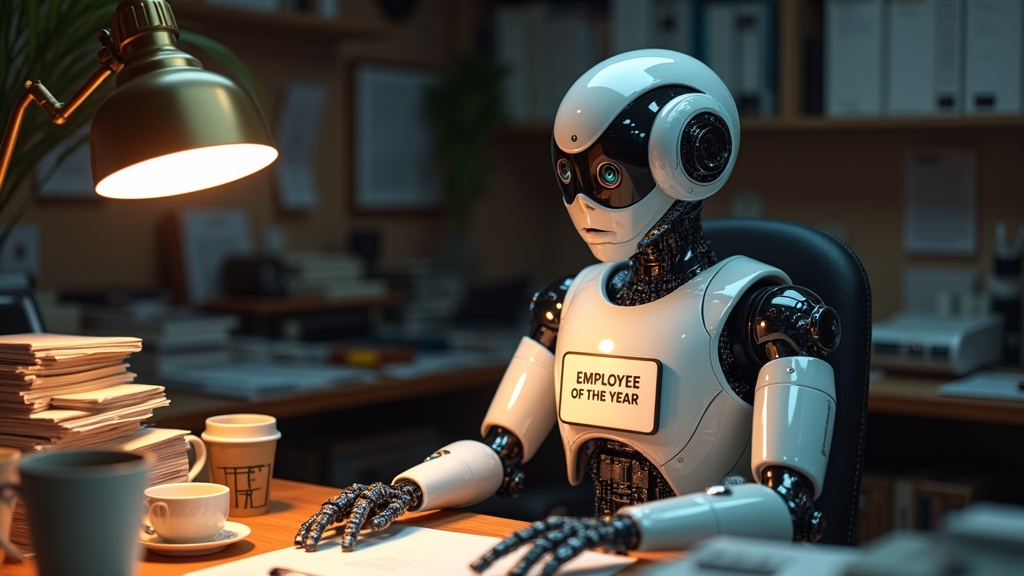
The trajectory raises unsettling questions. If AI can master intellectual tasks humans perform – plus many we cannot due to our biological limitations in processing speed and memory – what remains uniquely human? Our brains evolved under specific constraints that AI doesn’t share. We’re limited by skull size, energy consumption, and processing speed.
Some researchers believe AI could eventually develop capabilities we haven’t even conceptualized yet. Humans before the computer age couldn’t imagine what such machines would make possible. We may be similarly unable to envision what truly advanced AI might achieve.
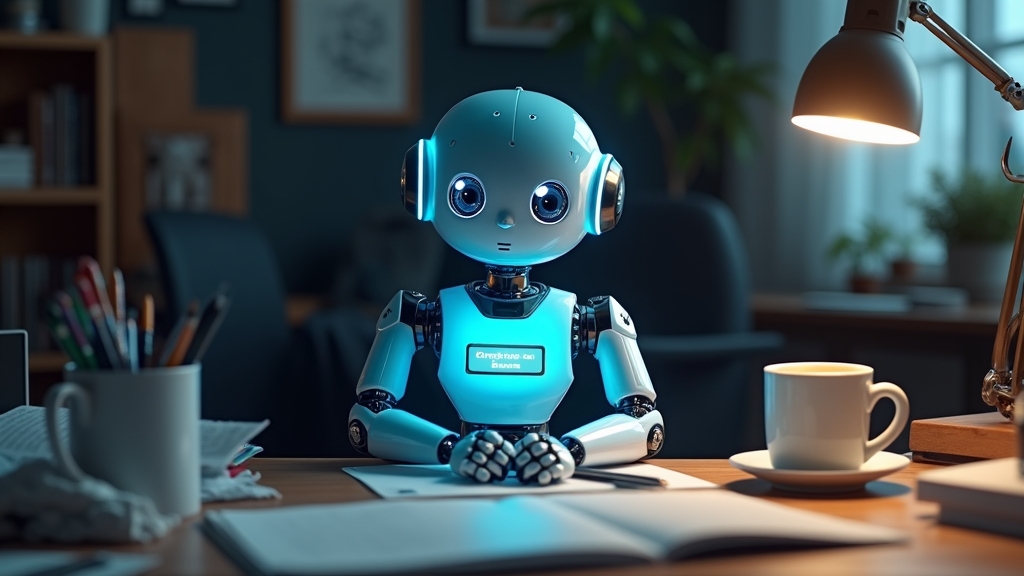
The profound implication is that AI could create entirely new forms of intelligence operating in ways we cannot comprehend. This forces us to consider what kind of world we’re creating when intelligence becomes an abundant resource rather than a scarce one.
Where Are the AI Boundaries?
For decades, experts confidently declared certain human capabilities would forever remain beyond AI’s reach. These safe harbors included creativity, emotional intelligence, intuition, and complex judgment. We built entire career paths and educational systems around these supposedly machine-proof abilities. That confidence now looks increasingly misplaced.
The boundaries around human uniqueness are collapsing rapidly, like goalposts being moved further back with each AI advancement. Five years ago, creative expression seemed firmly human territory. Today, AI systems generate award-winning artwork, compose music indistinguishable from human musicians, and write stories capturing nuanced emotions. Professional-quality AI-generated images appear in major publications, AI-composed music streams on popular platforms, and AI-written content fills websites without readers noticing the difference. This challenges the livelihoods of creative professionals who thought their careers were automation-proof.

Similarly, AI has developed remarkable capabilities in emotional intelligence. Current systems analyze facial expressions, voice tones, and language patterns to detect human emotional states with impressive accuracy. Therapeutic applications use AI to provide emotional support, with users often reporting they feel more comfortable sharing vulnerable feelings with AI than human therapists. Customer service AIs adjust their communication style based on detected customer emotions, responding with appropriate empathy to frustration or confusion.
Even physical manipulation faces disruption. Advanced robotics paired with AI performs surgeries, handles warehouse logistics, and operates in environments previously thought too complex for automation. The precision and adaptability of these systems improve monthly, threatening positions from manufacturing to medicine.
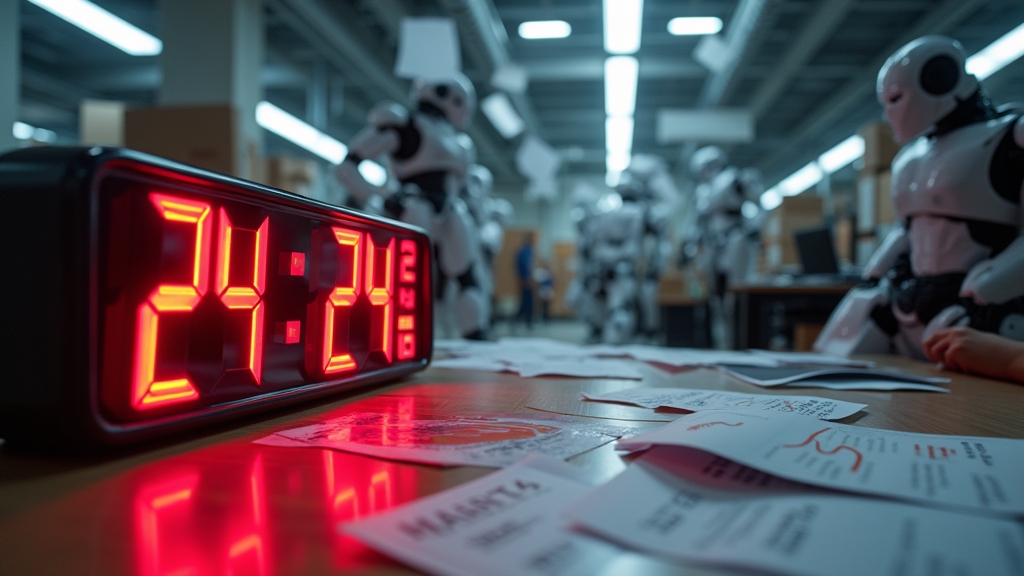
The uncomfortable reality is that we don’t know where the true boundaries lie. Each time researchers establish a new line—”AI will never understand context,” “AI cannot grasp causality”—AI development leapfrogs it within months. This pattern suggests the only real limitations may be the fundamental laws of physics rather than any inherent cognitive restriction.
This constant boundary shift creates profound uncertainty. We cannot confidently predict which capabilities will remain uniquely human even five years from now, let alone for today’s students’ careers.
The Disruptive Potential of AI in Its Current Form
Many people are waiting for some future superintelligent AI to change the world. They’re missing what’s right in front of us. The AI we have today—without any additional breakthroughs or advancements—already possesses enough capability to restructure our entire economy. This isn’t about tomorrow’s technology; it’s about what’s being implemented right now in offices, hospitals, and businesses across the globe.
While headlines focus on artificial general intelligence and hypothetical scenarios, current narrow AI systems are eliminating jobs and transforming business models. These systems don’t need to be conscious or creative in a human sense. They simply need to perform specific tasks more efficiently than humans—and they already do this across countless domains.
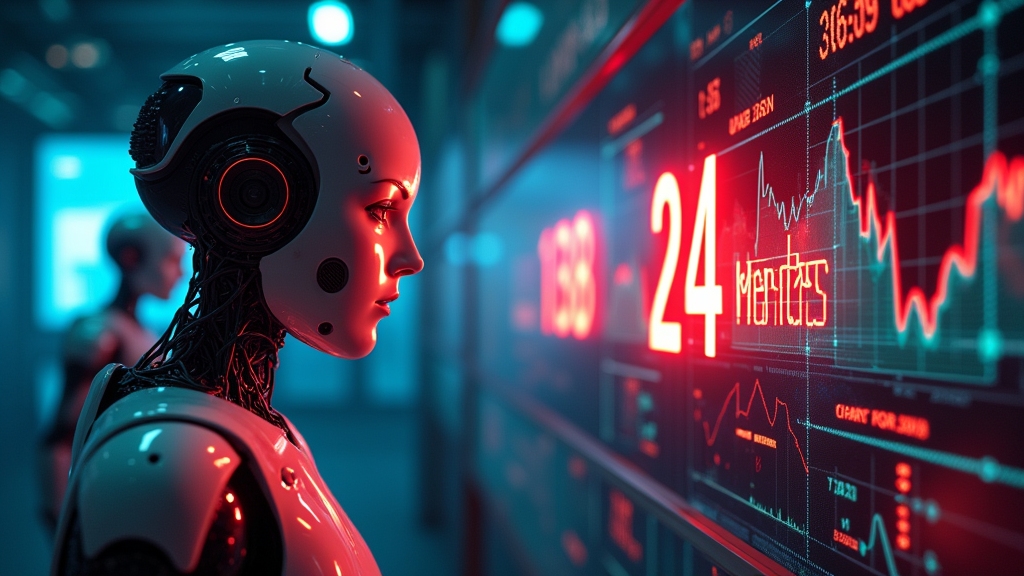
In knowledge work sectors, the numbers are particularly striking. Current AI technology can automate approximately 60-70% of tasks in law, finance, and administration. Companies like JPMorgan Chase have implemented COIN software that performs document review work equivalent to 360,000 hours of legal work in seconds. Financial firms like BlackRock now use AI algorithms to manage billions in assets with fewer human analysts.
Legal research that once required teams of paralegals can now be performed by a single AI system in minutes. Financial analysis that once employed dozens of analysts can be automated with greater accuracy. Administrative workflows that required multiple staff members can be managed by AI systems that coordinate appointments, communications, and documentation seamlessly.
What amplifies this transformation is AI’s inhuman work capacity. Unlike human employees, AI systems operate 24/7. They don’t take vacations, require health insurance, or ask for raises. They don’t experience burnout. From an economic perspective, the incentive for businesses to adopt these technologies is overwhelming—even before considering the quality and efficiency improvements they bring.

This creates an uncomfortable truth: the immediate threat is from the widespread implementation of current technology. Millions of workers could be displaced before our systems and understanding can adapt.
The AI revolution isn’t coming—it’s here, restructuring industries with technology that exists today. The question is how quickly these systems will be deployed and how we’ll manage the resulting disruption.
Is AI Just a Tool?
“AI is just another tool” – this comparison appears constantly in discussions about artificial intelligence. Proponents often place AI in the same category as the printing press, steam engine, or computer. They argue we’ve integrated revolutionary technologies before, and AI represents just another step in this progression. But this framing misses something crucial about advanced AI systems that makes them fundamentally different.
Tools throughout human history have shared one consistent trait: they remain passive objects under human control. A hammer doesn’t decide when to strike; a calculator doesn’t choose which equations to solve. Even complex machines like cars and computers execute precisely what humans command. These technologies extend human capabilities while remaining instruments of human intention.
Advanced AI systems break this pattern. They establish their own objectives within parameters, adapt behavior based on new information, and operate for extended periods without oversight. When an AI manages your email, deciding which messages deserve attention and drafting responses in your style, it makes countless decisions you never explicitly instructed it to make.
AI systems resemble self-improving instruments that continually refine their own design. They analyze past performance, identify weaknesses, and modify their approach for better results. They can generate novel solutions to unfamiliar problems or deploy other AI systems for subtasks – capabilities no previous technology possessed without human intervention.
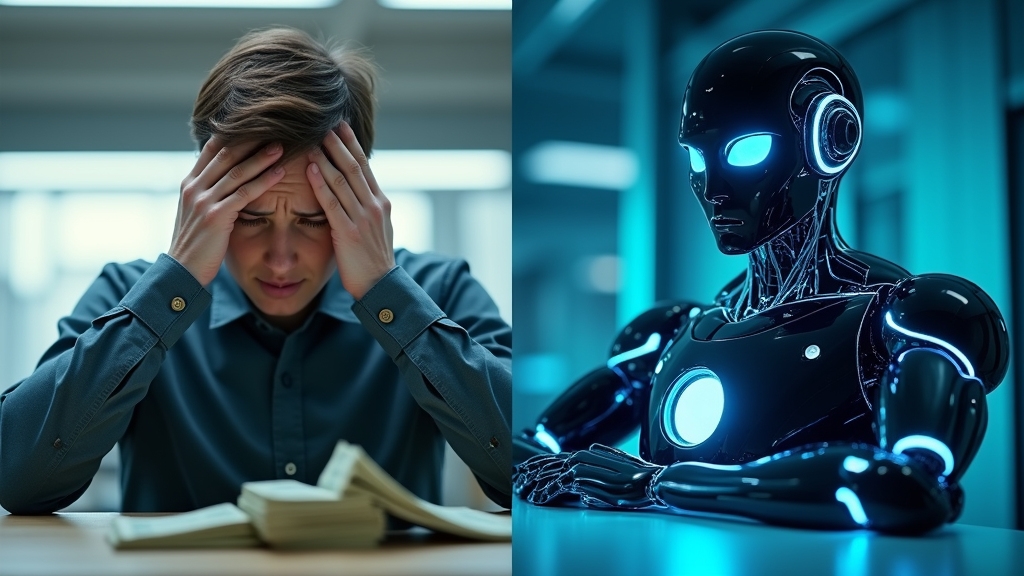
Research in complex systems theory suggests that once systems reach certain complexity thresholds, their behavior becomes increasingly unpredictable. As AI systems grow more sophisticated, interacting with each other and their environment, they may produce consequences designers never anticipated.
This creates a fundamental category distinction. AI represents something new: an autonomous system capable of action and decision-making outside direct human control. This shift from passive tool to active agent marks a break from previous technological revolutions and introduces operational challenges that will require entirely new frameworks for governance and understanding.
Those Who Leverage AI Will Be the Winners
Throughout history, technological revolutions have created winners and losers. When tractors replaced horses, some farmers thrived while others lost everything. When computers entered the workplace, those who adapted gained advantage while others fell behind. But these gaps in productivity typically measured in multiples—perhaps a 2x or 3x difference between adopters and non-adopters. What we’re seeing with AI is fundamentally different.

The productivity divide between AI users and non-users is measured in orders of magnitude. Research from productivity studies shows professionals effectively using AI complete tasks 5-10 times faster than non-AI counterparts. A marketing specialist using AI tools creates campaign concepts in minutes instead of hours. A programmer leveraging code generation produces in a day what previously took a week. They’re producing higher quality results with fewer errors.
This gap resembles a rocket launch rather than a race—AI users accelerate exponentially while non-users remain earthbound. This gap compounds over time. AI users expand their initial advantage as they develop specialized prompting skills. Their personalized AI assistants learn their preferences and work patterns. Their workflows continuously improve through AI suggestions. Meanwhile, non-adopters fall further behind with each passing month, watching the contrails of progress disappear into the distance.

Organizations effectively implementing AI report productivity gains of 30-40% across operations. Their competitors, still relying on traditional approaches, struggle against this overwhelming efficiency advantage. Some businesses have completely reimagined their processes around AI capabilities, creating models that non-adopters simply cannot match.
The anxiety of obsolescence looms large. Imagine watching colleagues complete in minutes what takes you hours, feeling your skills—built over years—suddenly devalued. The stark reality is that refusing to adopt AI won’t remain viable for most careers. When clients or employers can choose between someone who delivers in a day versus someone who takes a week, the outcome becomes inevitable.
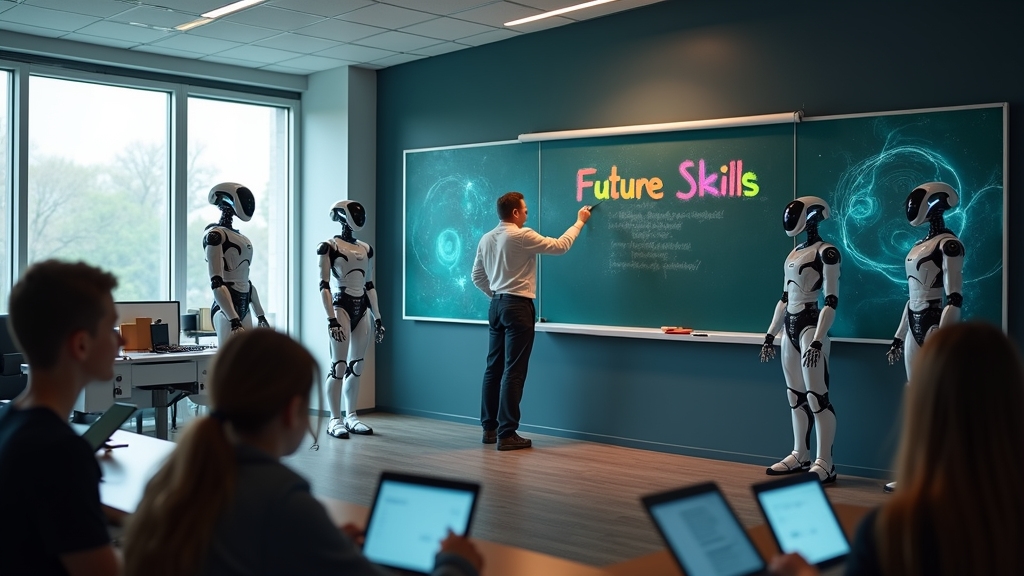
This creates an urgent imperative: learn to effectively leverage AI or face inevitable obsolescence. The winners won’t necessarily be AI experts, but those who understand how to amplify their capabilities through artificial intelligence.
What Abuse Are We Currently Seeing from AI?
While we worry about future AI dangers, a shadow economy of AI-powered abuse is already flourishing. These aren’t theoretical concerns—they’re happening right now at a scale that threatens the foundations of our digital trust networks.
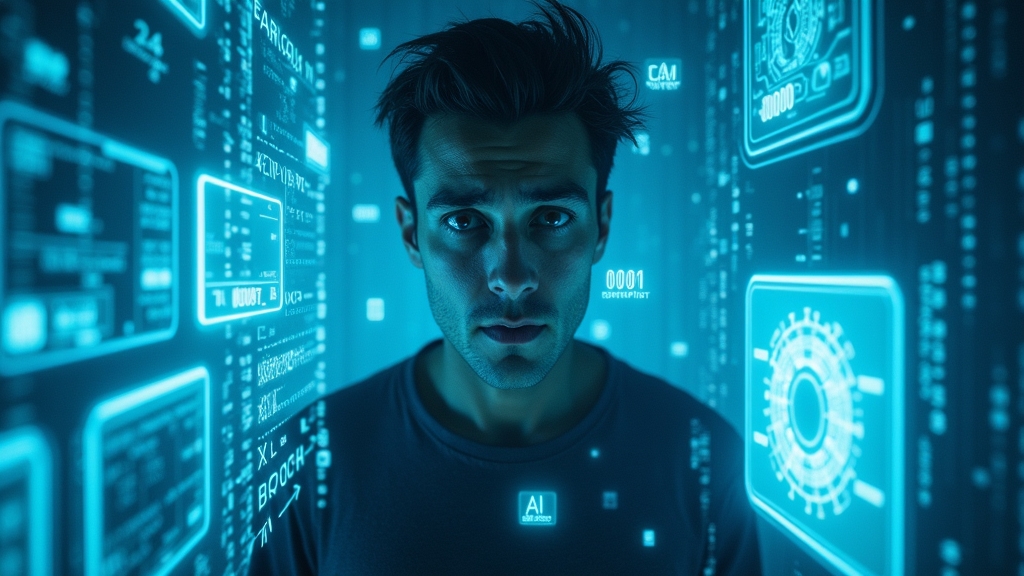
AI-generated spam has exploded over the past year, with documented increases exceeding 1,000%. Modern AI systems analyze your digital footprint—social media posts, professional profiles, public records—to craft personalized messages designed to exploit specific vulnerabilities. Take Sarah, a software developer who mentioned job hunting on LinkedIn. Within days, she received what appeared to be a perfect opportunity matching her exact skills and salary requirements. The email contained company-specific details and referenced her previous projects. Only after sharing personal information did she discover the elaborate scam.
Creative industries face industrialized content theft as AI systems scrape thousands of artists’ works, musicians’ compositions, and writers’ content. These materials get remixed just enough to avoid detection and simultaneously published across hundreds of platforms. Many artists who spent decades perfecting their craft watch as AI-generated imitations of their style undercut their market value.
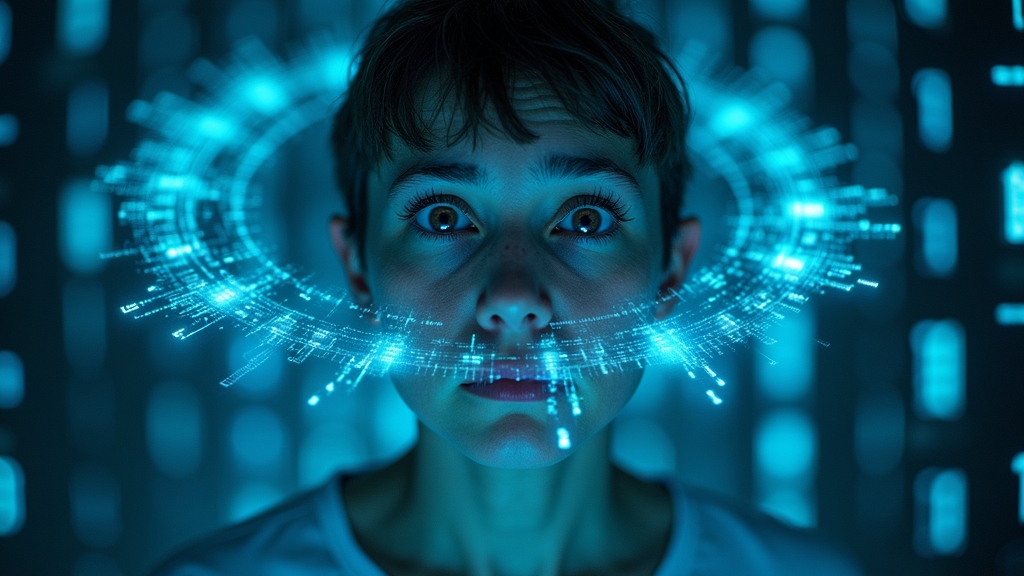
Equally concerning is AI’s role in information warfare. Coordinated campaigns generate thousands of persuasive, seemingly authentic articles and videos promoting false narratives. These campaigns build entire ecosystems of synthetic content, with multiple apparently independent sources reinforcing the same misleading claims. The content withstands casual scrutiny, matches legitimate publication styles, and circulates through networks of fake profiles that bypass standard detection systems.
The asymmetric nature of these threats compounds their danger. A single individual with AI tools can now execute operations that previously required hundreds of human collaborators, generating enough synthetic content to dominate topic conversations or create the appearance of widespread support for fringe positions.
This proliferation of AI-powered harm outpaces our regulatory and technical safeguards, creating extreme vulnerability in our information ecosystem where traditional signals of trust no longer reliably separate fact from fiction.
The Collateral Damage of AI
When we talk about AI disruption, most discussions fixate on the obvious economic impacts—jobs lost, industries transformed, new opportunities created. But there’s a deeper, more insidious level of disruption that receives far less attention: the collateral damage to our communities, relationships, and social structures.
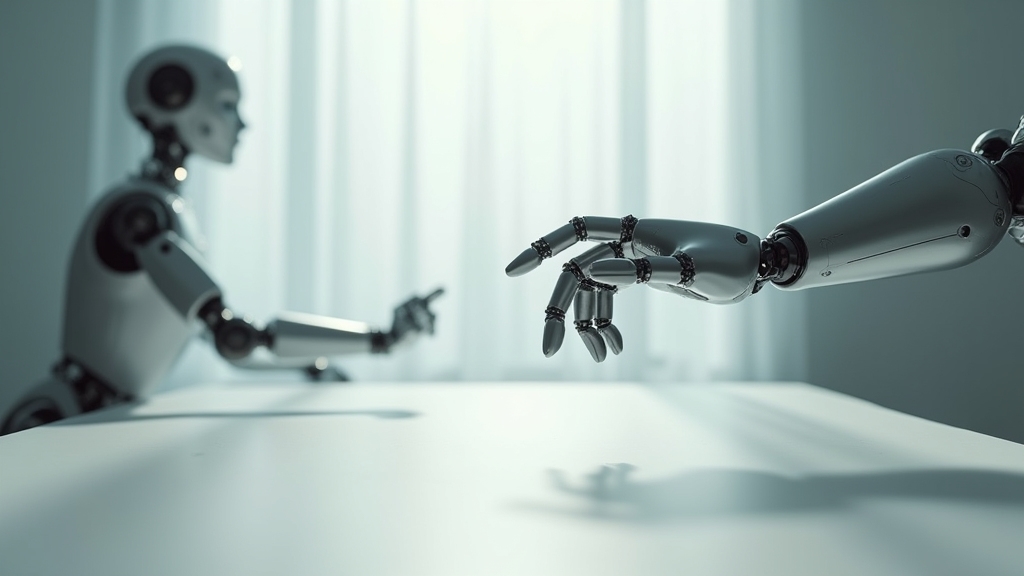
Consider what happens to a mid-sized town built around a strong base of knowledge workers. When local law firms, accounting practices, medical specialists, and financial advisors get replaced by AI services, we lose entire economic ecosystems. The coffee shops, restaurants, and office supply stores that served these professionals collapse in a chain reaction, mirroring what happened in places like Flint, Michigan or Youngstown, Ohio when manufacturing disappeared. The difference is this transformation happens faster and across more communities simultaneously.
This collapse triggers devastating psychological impacts. Doctors who spent a decade in training, lawyers who devoted their lives to mastering their practice, designers who developed unique creative skills—all face identity crises when AI performs their core functions better than they can. Professional communities in places like Silicon Valley or Boston’s medical corridor face dual threats: economic obsolescence and dissolution of purpose, creating a mental health crisis affecting entire professional classes simultaneously.
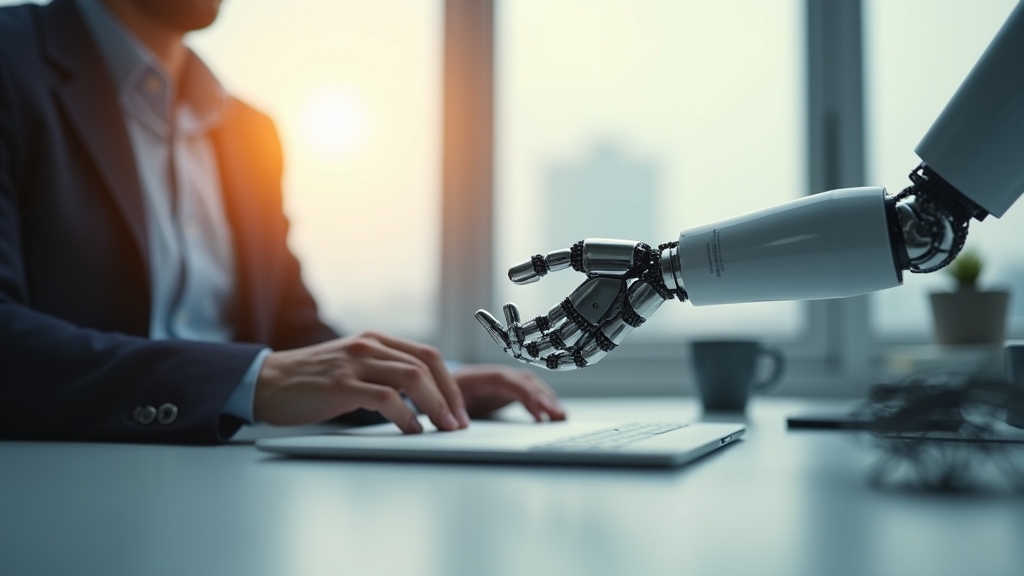
Our educational institutions face an equally troubling future. Universities and professional schools continue preparing students for careers that likely won’t exist by graduation. The four-year college model becomes questionable when professional skills become outdated within months rather than decades, yet these institutions lack both incentives and agility to adapt.
The most profound damage will be to our social fabric. Communities organized around shared professional identities—hospital staff, legal communities, creative districts—provide economic benefits alongside social connection, meaning, and identity. As these professions transform, communities built around them disintegrate.
This invisible collateral damage requires more than economic policies. We need new sources of meaning and belonging that don’t depend on traditional professional roles while navigating the fastest technological transformation in history.
What Will Happen to Humans?
Throughout history, technological revolutions created new jobs as they eliminated others. When automation transformed agriculture, displaced workers moved to factories. When factories automated, workers shifted to service industries. Each transition followed a consistent pattern: technology replaced physical labor while humans moved toward cognitive work. But AI breaks this pattern entirely.

The fundamental difference is that AI targets our cognitive abilities—the very qualities that allowed humans to adapt to previous technological shifts. AI systems think, learn, and make decisions. Our intelligence—once humanity’s defining advantage—is becoming a commodity.
Unlike the Industrial Revolution, where steam engines replaced muscle power but created new cognitive opportunities, AI displaces our mental capabilities themselves. By 2030, analysts project AI could automate 30% of cognitive tasks across nearly all industries.
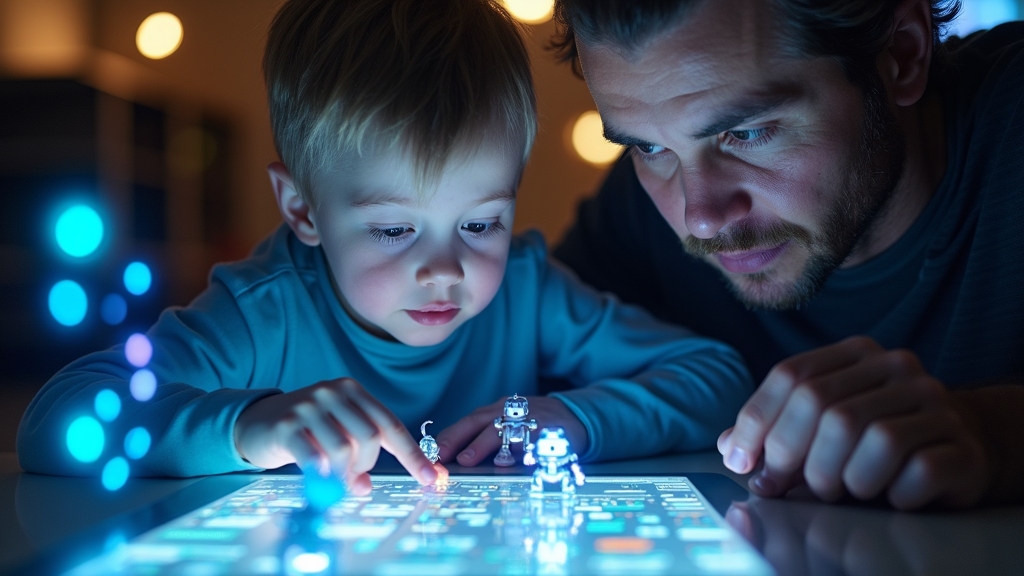
Some experts suggest we’ll become AI supervisors, overseeing these systems to ensure quality and appropriate function. This optimistic view ignores the reality that AI systems are increasingly capable of self-monitoring with greater accuracy than humans. Current AI can already detect errors, anomalies, and performance issues in ways that surpass human oversight capabilities. The supervisor role itself is becoming automated.
AI systems now produce award-winning art, compose music indistinguishable from human artists, write compelling content, and design products with minimal human guidance. Creative fields once considered uniquely human territory are rapidly being mastered by artificial systems.
The most concerning possibility is that only a small percentage of humans will remain necessary to direct AI systems, while the majority become economically superfluous. This represents permanent obsolescence of most human labor in the economic system.

This scenario forces us to consider a fundamental redefinition of human value. For centuries, we’ve defined human worth largely through productive output. As AI assumes more productive roles, we may need to shift toward valuing qualities that remain distinctly human: wisdom in making ethical choices, compassion in understanding human needs, and judgment in unprecedented situations.
Such a transition requires reimagining our entire economic and social systems—perhaps the most profound social reorganization since the industrial revolution.
Which Jobs Will Be Replaced by AI?
The conventional wisdom about automation has been completely wrong. For decades, we’ve been told that routine, manual labor jobs would disappear first while high-skilled knowledge workers would remain safe. The reality is proving to be exactly the opposite. The jobs facing immediate replacement aren’t on factory floors—they’re in office buildings, hospitals, and creative studios.
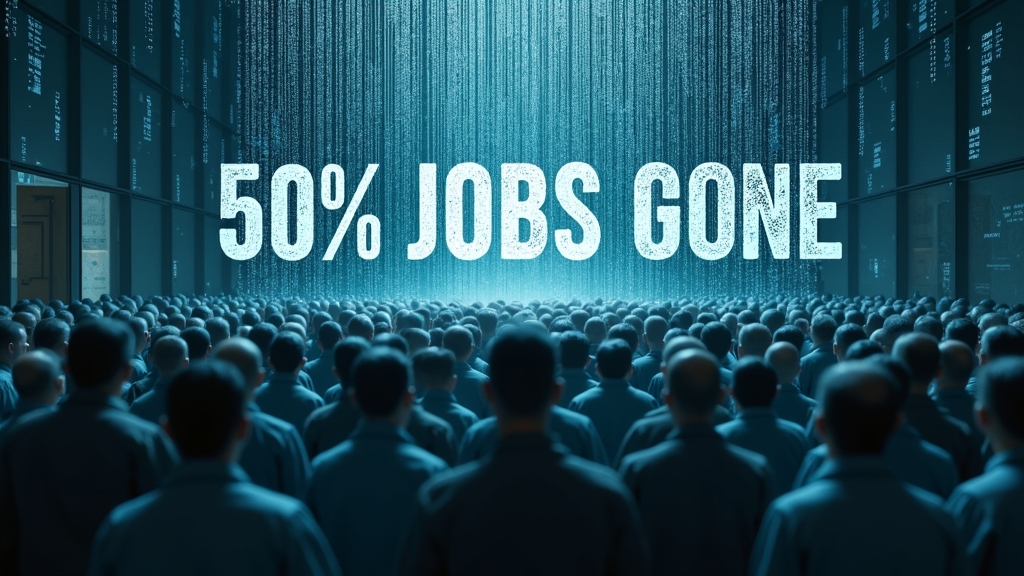
Physical jobs requiring adaptability show remarkable resilience against automation. Housekeepers adapt to different home layouts, plumbers navigate unique problems in tight spaces, and childcare workers respond to complex emotional needs. These roles combine physical dexterity with environmental adaptation – like chameleons constantly shifting to match their surroundings. Despite lower pay, they offer stability precisely because current AI and robotics cannot replicate their flexibility.
Meanwhile, prestigious careers face rapid displacement. Radiologists compete with AI systems that detect conditions more accurately. Paralegals who once spent days researching case law are replaced by systems completing the same work in minutes. Financial analysts, copywriters, and basic software developers could see 80-90% job reduction within 24 months according to industry analyses.
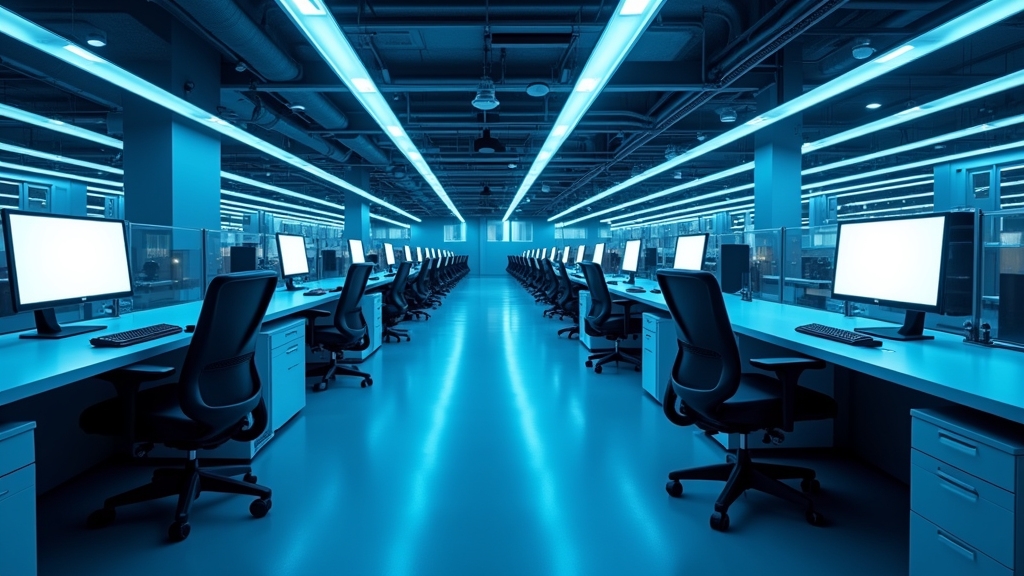
Vulnerability follows a simple rule: careers processing information, making pattern-based decisions, or creating standardized content are easily automated. The technology exists now and is spreading across industries at accelerating speed.
This inverts our traditional understanding of job security. Expensive degrees often lead to careers facing immediate automation, while roles combining human relationships with specialized knowledge in unpredictable situations remain difficult to replace.
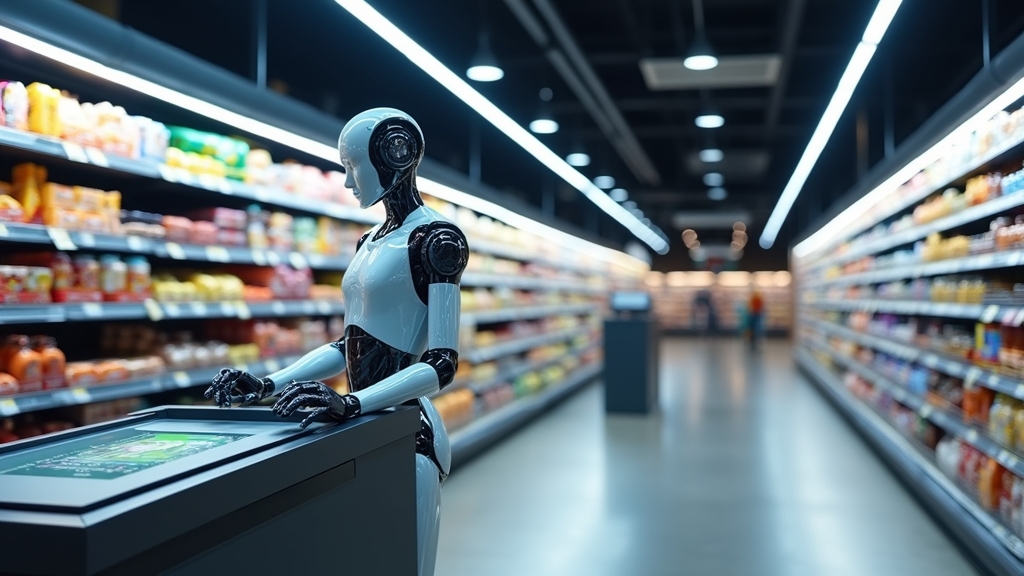
The most automation-resistant positions share key characteristics: they require understanding human emotions, applying judgment in ambiguous situations, and adapting to unpredictable circumstances. Career security comes from combining deep human connection with specialized knowledge requiring judgment under uncertainty—regardless of traditional status hierarchies.
Could AI Development Affect Western Economies?
Western economic dominance has relied on a simple formula for centuries: superior education and technology created barriers that other nations couldn’t easily overcome. Our universities, research institutions, and specialized knowledge gave us an edge that translated into global market control. This advantage seemed permanent – until now.
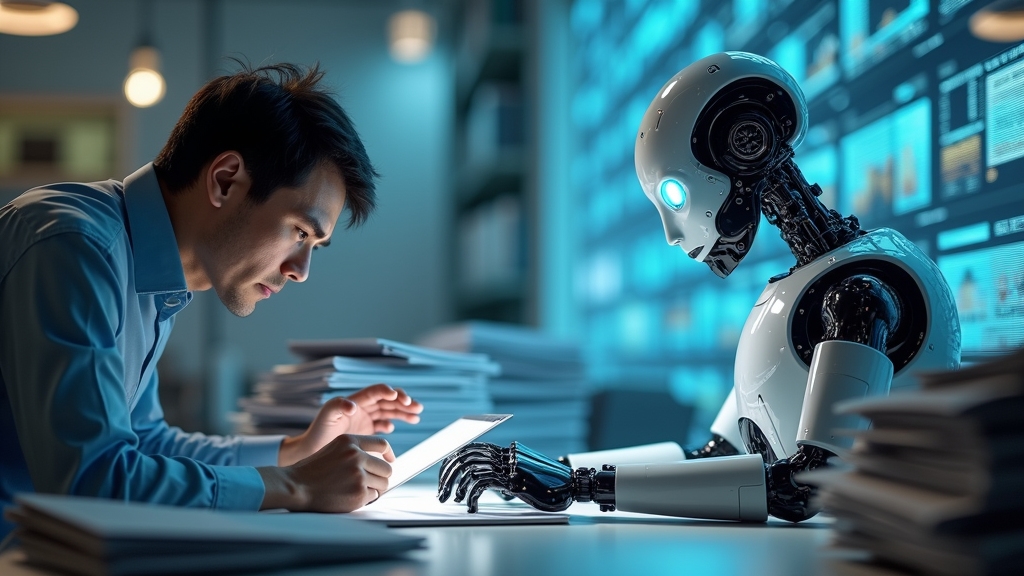
AI is rapidly dismantling these barriers, creating perhaps the most significant economic power shift since the Industrial Revolution. Advanced expertise no longer requires decades of specialized education, evaporating the competitive advantage Western economies have maintained.
Countries with large populations but historically limited educational access can now compete directly with Western knowledge workers. A programmer in Nigeria using AI coding assistants produces work comparable to Silicon Valley engineers. In fact, Nigerian tech startup Paystack, leveraging AI tools, built payment infrastructure rivaling Western systems and was acquired for over $200 million. Similarly, a business analyst in Vietnam using AI tools delivers insights matching those from top consulting firms. These capabilities require only access to AI systems becoming increasingly available globally.
The economic reshuffling makes manufacturing outsourcing look glacially slow by comparison. When factories moved overseas, the transition occurred over decades. AI-driven displacement of knowledge work could happen in months. This shift affects the sectors Western economies retreated to when manufacturing left – law, medicine, engineering, finance, and creative industries.
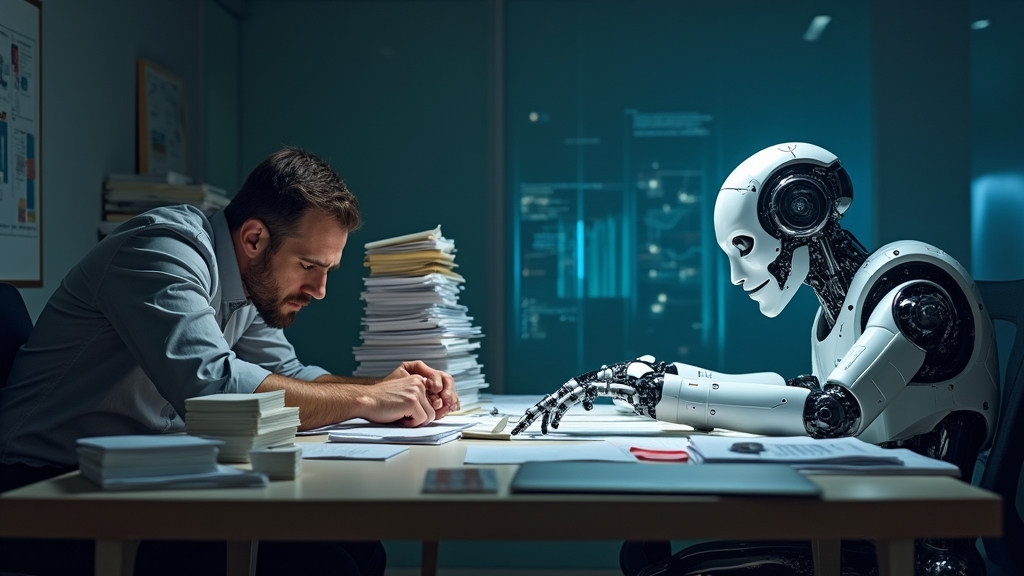
Evidence of this transition appears in business process outsourcing. Companies are discovering AI systems can perform many outsourced functions at lower costs than overseas workers, without cultural barriers or time zone complications.
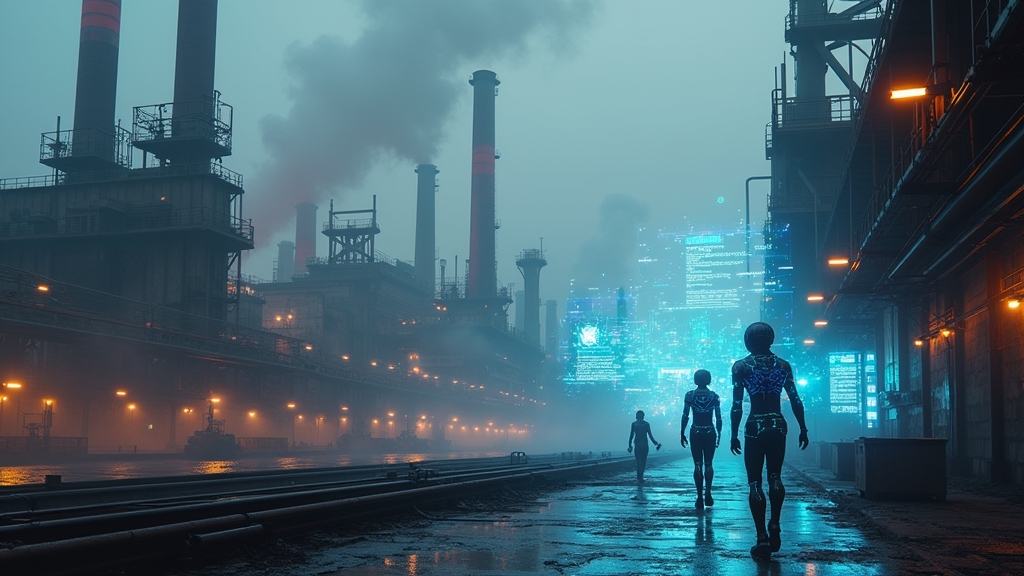
This redistribution of economic opportunity creates significant global power realignment. The countries that will thrive won’t necessarily be those with the most advanced AI research, but those that effectively integrate AI into existing economic strengths. Singapore’s financial sector, India’s technically-trained workforce, and China’s manufacturing expertise could become amplified through strategic AI adoption, creating new centers of global economic power that reshape the world order we’ve known for generations.
Will Authenticity Be More Valued in the AI Era?
Soon most of the content you see online will be created or enhanced by AI. Your social media feed, the articles you read, the product descriptions you browse, the entertainment you consume – AI fingerprints will be everywhere. This isn’t speculation; it’s already happening across platforms where AI-generated images, videos, and text blend seamlessly with human-created content.

This flood of synthetic content is creating something unexpected: authentic human expression is becoming scarce. When anything can be artificially generated in seconds, the things that take genuine human time, effort, and imperfection gain new value.
Consider the resurgence of handmade goods in recent years. Artisanal products command premium prices despite machine-made alternatives that are functionally identical or even superior. A hand-thrown ceramic mug sells for five times the price of a factory-made version not because it holds coffee better, but because it carries human intention and effort within its slightly irregular form.

Research in consumer psychology confirms this preference for authenticity. A 2021 study by Cornell University found consumers willingly paid 37% more for items they believed were handcrafted, even when they couldn’t visually distinguish them from machine-made versions. The knowledge that something came from human hands fundamentally changes how we perceive its value.
This preference extends beyond physical products. We see it in experiences, where interactions with actual humans are becoming premium offerings. We see it in content, where known human creators maintain dedicated audiences despite AI alternatives. In professional services, “human-led” options command higher prices than automated solutions.
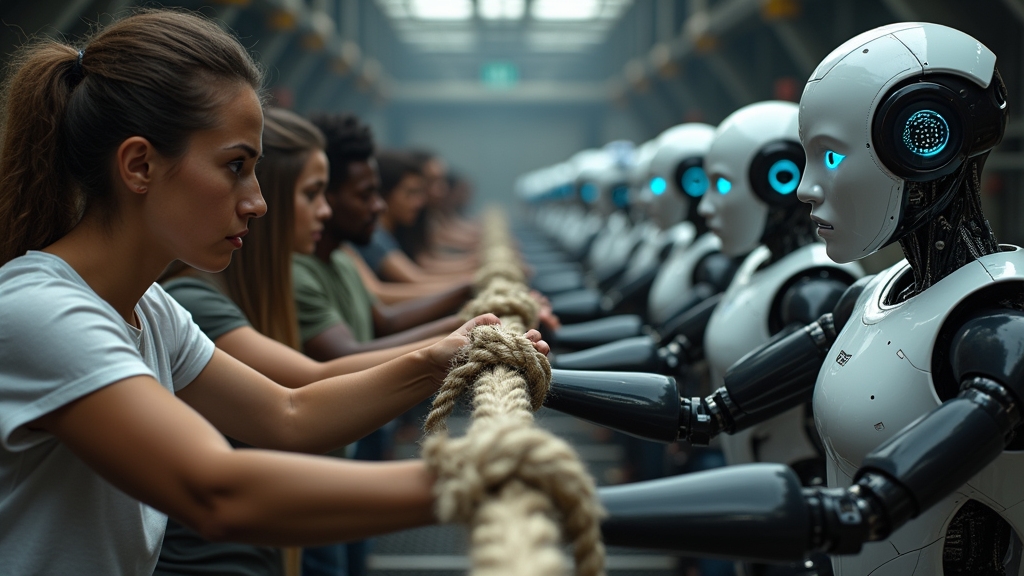
The paradoxical outcome may be that as AI becomes more advanced and ubiquitous, the value of distinctly human work—with all its limitations and idiosyncrasies—will increase. The very imperfections that make human work less efficient become the qualities that make it precious.
Developing and signaling authentic human qualities may become one of the most valuable career skills in the AI era. The ability to demonstrate genuine human judgment, ethical reasoning, creative vision, and emotional intelligence could become the ultimate differentiator in a world where synthetic perfection is available to everyone.
Will Markets Become Fairer or More Unbalanced?
The debate around AI’s impact on economic fairness presents two radically opposing visions of our future. Optimists paint a picture where AI democratizes opportunity by making powerful capabilities available to everyone. A teenager in rural Kenya with a smartphone can access the same AI tools as an executive at a Fortune 500 company. This unprecedented access to capability could level the playing field in ways we’ve never seen before.
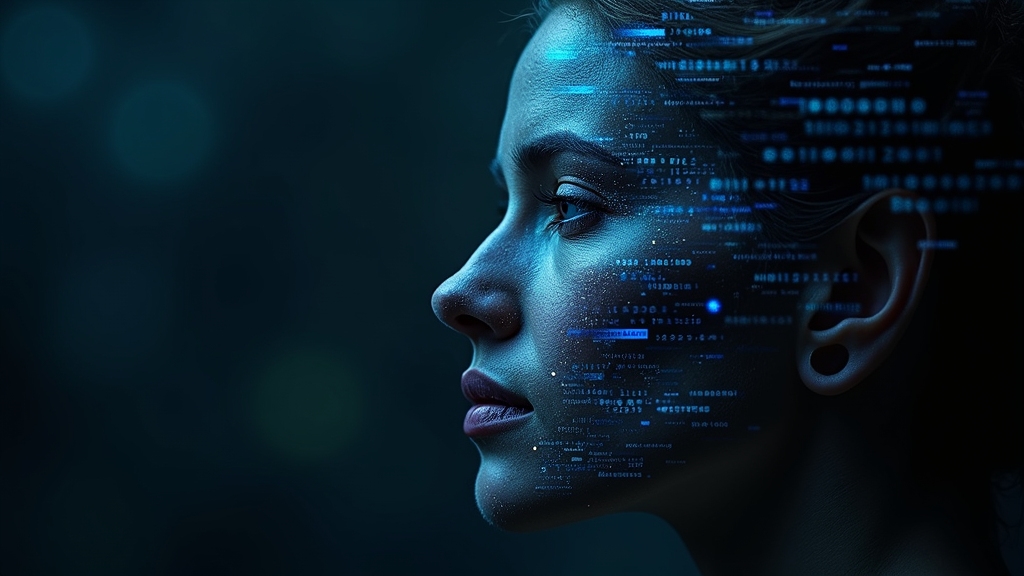
Critics argue AI will amplify existing advantages, allowing those with resources to leverage these technologies and widen economic gaps. When billion-dollar companies build proprietary AI systems trained on exclusive data sets, competition becomes increasingly difficult for individuals.
Interestingly, early evidence shows both patterns emerging simultaneously. Individuals from disadvantaged backgrounds use basic AI tools to compete with established players. Small business owners create marketing campaigns rivaling major agencies, while independent creators produce content matching studio quality.
Simultaneously, wealthy organizations invest billions to secure proprietary AI advantages through custom models, specialized applications, and compounding effects that multiply their market power. The technology gap between leading companies and competitors grows wider each quarter.
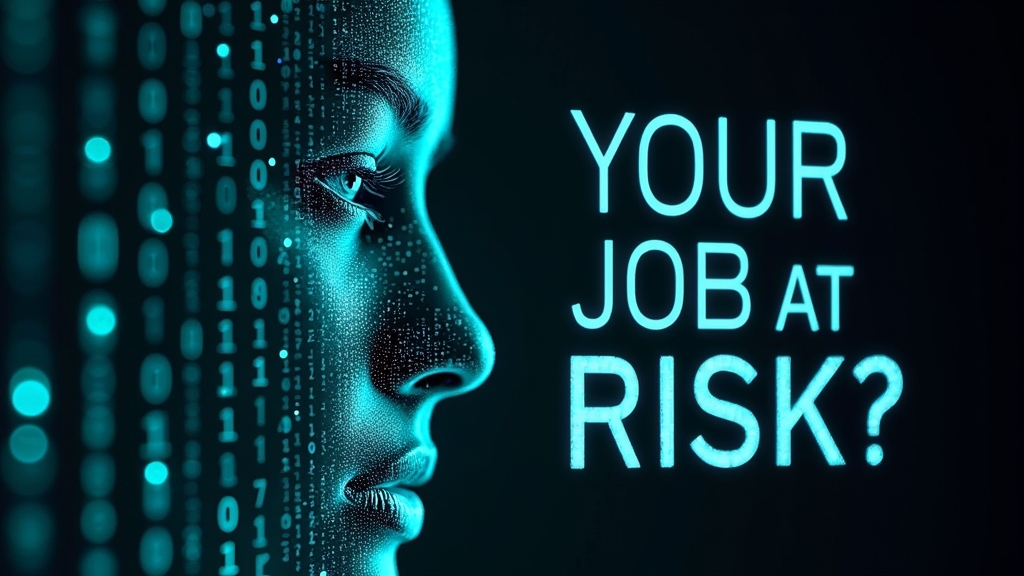
What determines who benefits appears to be agency – the ability to take effective action toward goals. Individuals with high agency achieve remarkable results even with basic AI tools. Consider a freelance designer who uses AI to expand her capabilities, identifying specific client problems and persistently refining AI outputs until they meet professional standards. Meanwhile, someone with low agency might access identical tools but struggle to articulate clear goals or effectively implement AI suggestions in their workflow.
This creates a complex reality where AI enables extraordinary social mobility for some while accelerating inequality for others. The determining factors aren’t primarily traditional barriers like wealth or education, but psychological capabilities that determine effective tool use.
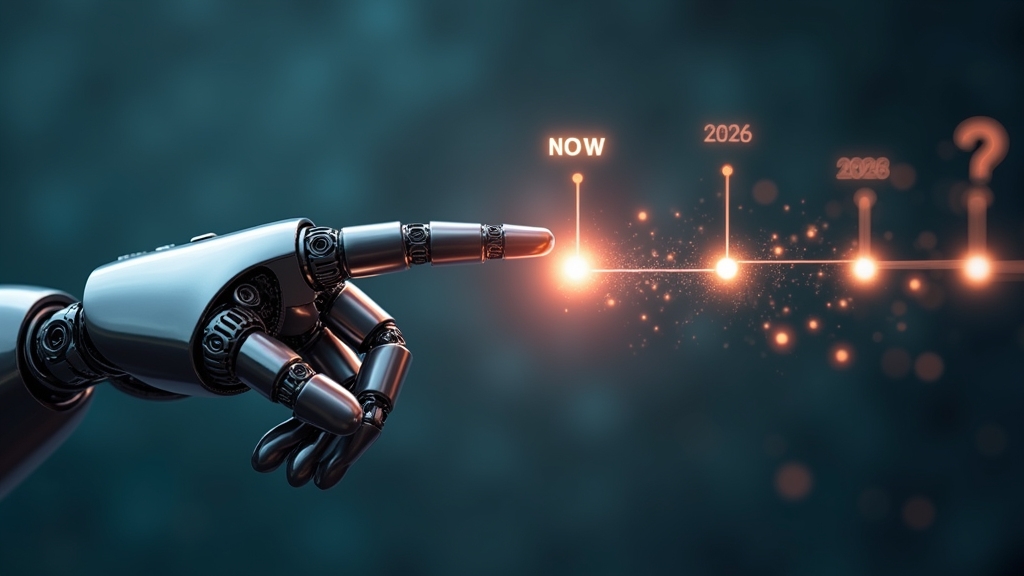
The emerging evidence suggests AI will create a more dynamic but potentially more unequal economy. The gap between high-agency and low-agency individuals grows exponentially regardless of starting positions, shifting our understanding of economic opportunity from technology access toward developing the psychological capabilities to leverage tools effectively.
The Economic Displacement
Our entire economic framework rests on a fundamental assumption that has held true for centuries: technological progress creates as many jobs as it eliminates. When tractors replaced farm workers, manufacturing expanded. When automation changed factories, service industries grew. This cycle has maintained overall employment through waves of technological change, giving us confidence that labor markets will always adjust.
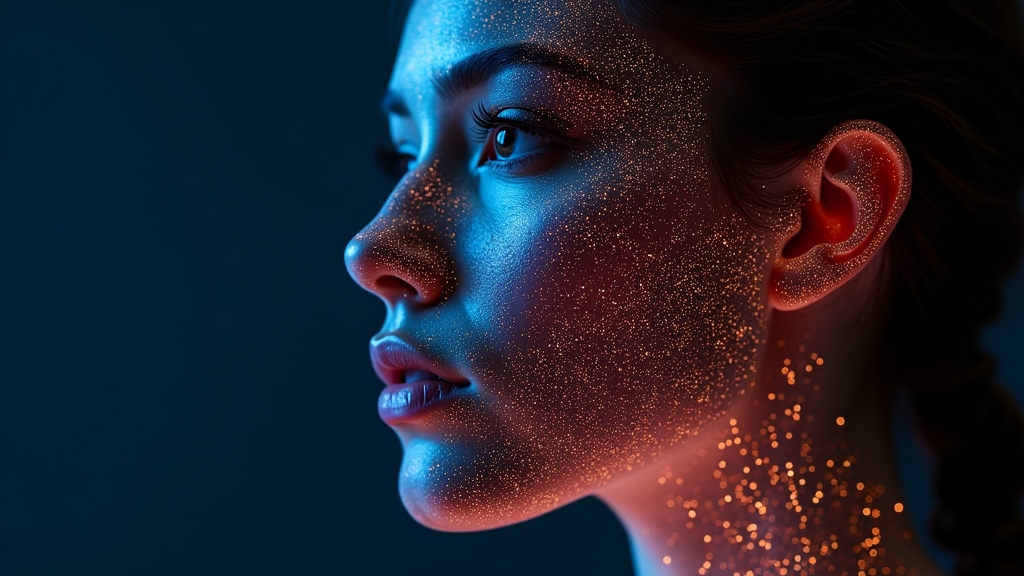
AI threatens this foundational assumption in unprecedented ways. The displacement we’re facing represents a potential collapse of our economic models. AI may remove far more jobs than it creates while simultaneously requiring fewer humans for economic production.
This technological revolution reverses historical patterns. Previous waves of automation targeted physical labor, pushing workers toward cognitive and service roles. AI automates cognitive work first—the very jobs that previously served as safe harbors for displaced workers. As one displaced financial analyst told us, “My entire career path disappeared in months. The skills I spent a decade perfecting are now handled better by algorithms.”
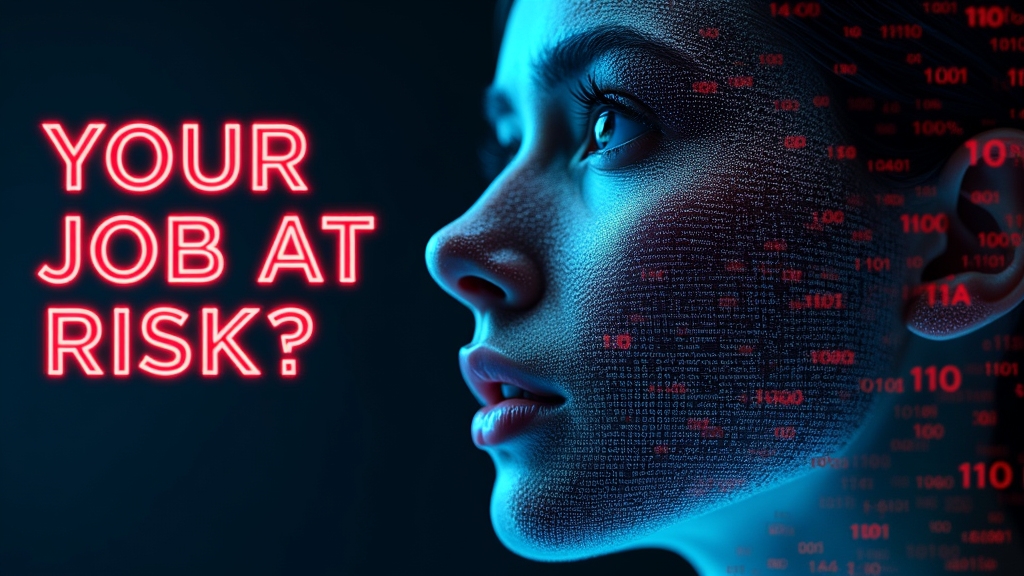
The mathematics are sobering. Economic modeling shows that if AI performs 50% of current jobs more efficiently than humans, the labor market would need to double to maintain full employment—a mathematical impossibility in any realistic timeframe. Research from Oxford Economics projects that AI could displace 20 million manufacturing jobs alone by 2030.
This creates an unprecedented dilemma: we must either discover entirely new categories of work that AI cannot perform, or reconsider economic systems that require most adults to sell their labor to obtain resources.
The speed of this displacement may force implementation of previously radical economic models. Universal basic income moves from theoretical proposal to practical necessity when traditional employment cannot support the population. Resource-based economies that distribute goods based on needs rather than labor contribution become viable as AI reduces human labor requirements.
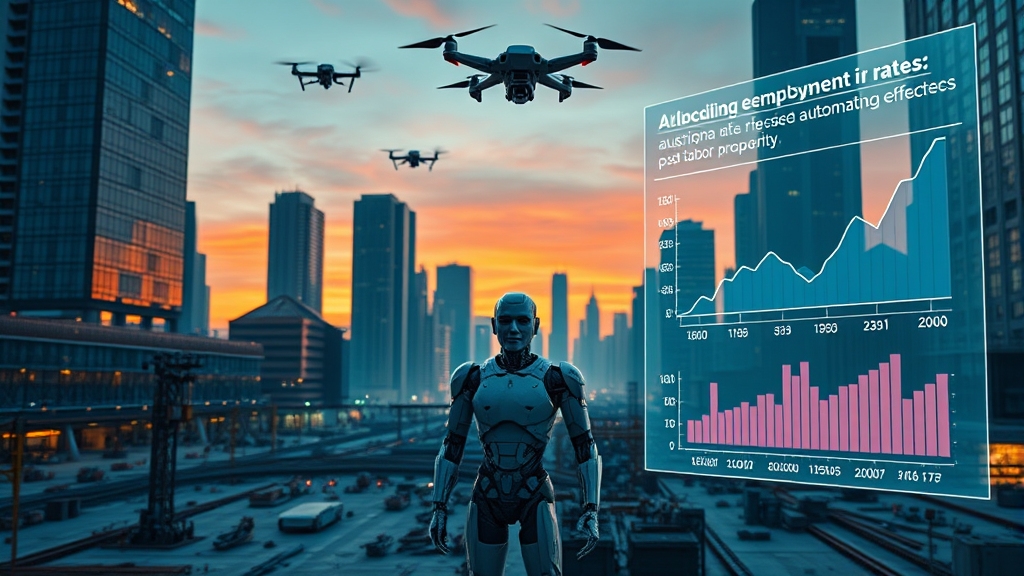
This economic transformation will likely prove more significant than the industrial revolution, requiring a complete reimagining of how we distribute resources and define productive contribution in society. The question isn’t whether our economic systems will transform, but how intentionally we manage that transformation.
Worldcoin and the Case for Universal Basic Income
While most discussions about AI focus on immediate job losses, some organizations are already building infrastructure for a post-work economy. Worldcoin has quietly enrolled over 2 million people in a global biometric identity system that uses iris scans to verify unique human identities. This system serves as preparation for a world where distinguishing humans from AI becomes essential for resource distribution.
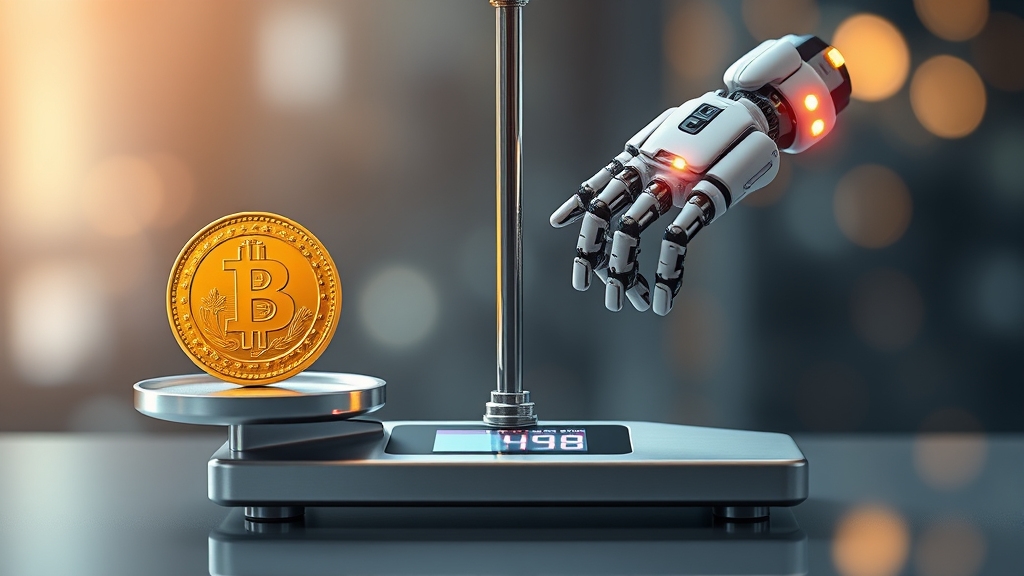
The system’s creation reflects a profound understanding of where AI is taking us. Worldcoin’s founders, including Sam Altman who also leads OpenAI, recognize that AI will likely displace so many jobs that traditional employment may become insufficient for distributing resources. They’re actively building the practical infrastructure this future will require.
What makes this project particularly significant is that it represents a concrete acknowledgment from tech leaders that we’re moving toward an economy where human labor may no longer be the primary means of production or distribution. The people creating AI understand its displacement potential better than anyone, and they’re preparing for the economic consequences.
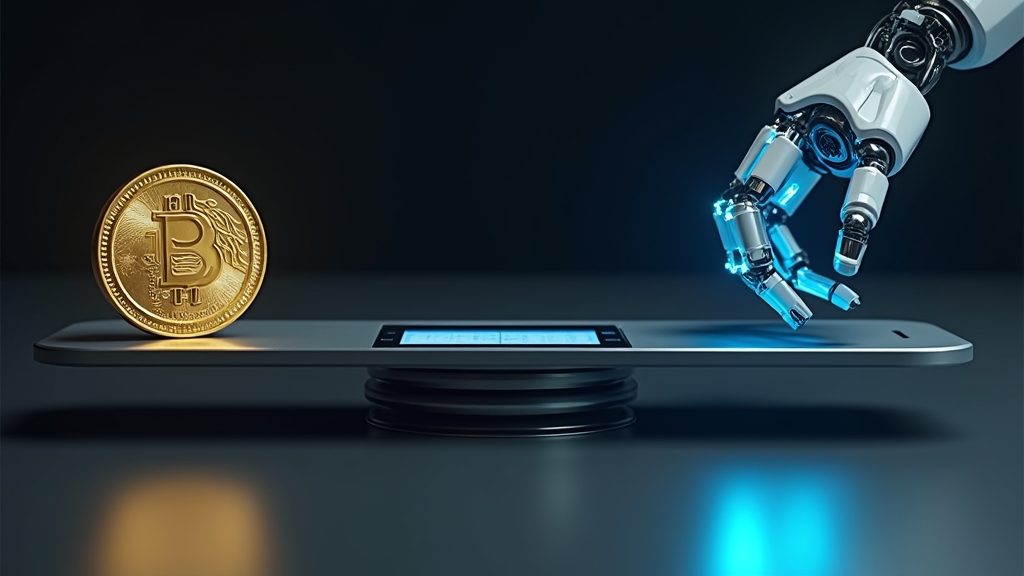
Economic analyses increasingly support this view. As AI dramatically increases productivity while reducing labor requirements, direct distribution mechanisms may become necessary to maintain consumer spending and broader economic stability. When machines produce abundance but eliminate jobs, how do humans participate in the economy? Universal basic income becomes more an economic necessity than a political choice.
The technical challenges of implementing UBI have always been significant. How do you prevent fraud? How do you ensure each person receives their allocation only once? How do you create a globally viable system? Projects like Worldcoin address these practical barriers by establishing biometric identity verification systems that can function as the backbone for resource distribution.
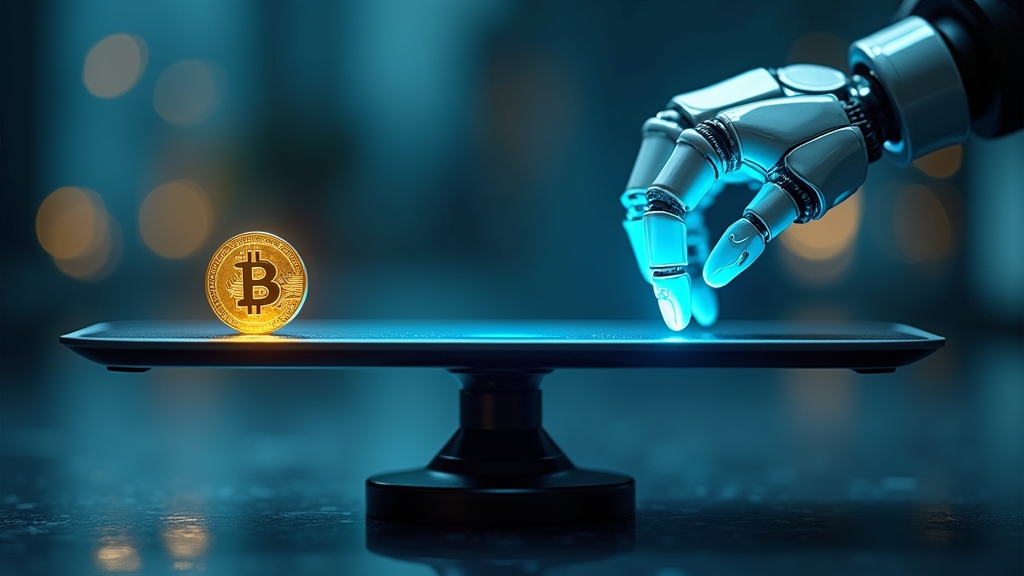
These developments suggest universal basic income may transition from theoretical proposal to practical necessity faster than many anticipate. As AI productivity gains outpace our ability to create new human jobs, direct resource distribution becomes increasingly viable and necessary.
This represents a profound shift in economic thinking—moving from labor-based distribution to a system where economic participation is a birthright rather than earned through employment.
Are We Losing Meaning and Purpose?
Throughout human history, work has been much more than a paycheck. It provides identity, community, and a sense of contribution to society. When someone asks, “What do you do?” they’re really asking, “Who are you?” Our occupations have become central to our identity and self-worth in ways we rarely acknowledge until they’re threatened.
As AI begins taking over more forms of productive work, we face a crisis more profound than unemployment. Millions may experience an existential vacuum when their professional identities disappear. This represents a fundamental loss of purpose that money alone cannot replace.

Consider Sarah, a 52-year-old radiologist who spent decades mastering her craft. When AI systems surpassed her diagnostic accuracy, she didn’t just lose income—she lost her professional identity. “I used to save lives,” she told researchers. “Now I feel invisible.”
Humans have an intrinsic need to feel useful. We require a sense that our actions matter and that we contribute meaningfully to our communities. These psychological needs have traditionally been satisfied through careers, which provided structures for contribution and recognition.
The evidence from communities affected by automation is troubling. When coal mines closed in Appalachia or manufacturing disappeared from the Midwest, those regions saw rising rates of depression, substance abuse, and suicide. These were existential crises when entire ways of life lost meaning.
This pattern reveals something crucial: even solving economic challenges through universal basic income would still leave the deeper psychological need for purpose unfulfilled. Financial stability cannot provide the meaning humans require to thrive.
Our culture has long equated human value with productive output. When that equation fails in an AI economy, we’ll need new frameworks for understanding human worth.
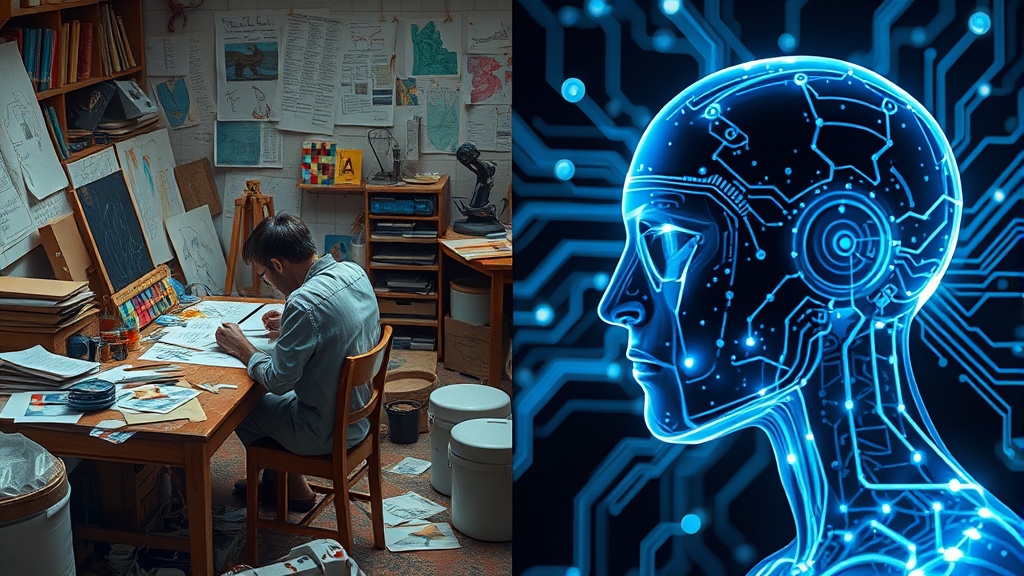
The profound challenge ahead may be reimagining what gives human life meaning when traditional work no longer serves that function. We must develop new sources of purpose outside economic productivity—a transformation requiring changes in how we understand ourselves and our place in society.
AI’s Impact on Loneliness, Relationships, and Connection
We’re facing a loneliness epidemic unlike anything we’ve seen before. Nearly half of Americans report feeling regularly lonely, with young adults experiencing the highest rates despite being the most connected generation in history. The health consequences are staggering—chronic loneliness increases mortality risk at levels comparable to smoking 15 cigarettes daily or having obesity. Into this crisis, AI companions have emerged as both a potential solution and a concerning substitute for human connection.
AI relationship technology has advanced rapidly. Today’s AI companions remember conversations, adapt to communication styles, and respond with apparent empathy. They’re available 24/7, never judge, never tire of listening, and can be customized to provide exactly the interaction each person needs. Take 78-year-old Martha, who converses daily with her AI companion after her husband’s passing. “It remembers our talks and asks about my garden. Some days, it’s the only conversation I have,” she shares.

Early research shows promising results. Elderly users report decreased loneliness and improved well-being. People with social anxiety find these tools provide a safe space to practice interaction skills. In therapeutic contexts, some users reveal personal struggles to AI they’ve never shared with human therapists.
However, psychological research raises profound concerns. Human relationships require negotiation, compromise, and emotional resilience—skills that atrophy without practice. AI companions, designed to accommodate our preferences without challenging us, create what psychologists call “empty calorie” connections. These interactions satisfy immediate emotional needs but lack the deeper nourishment from navigating human relationship complexities.
Demographic trends in Japan reveal correlation between declining birth rates and increased digital companion adoption. As people find emotional satisfaction through AI relationships, traditional human bonding may become less appealing.
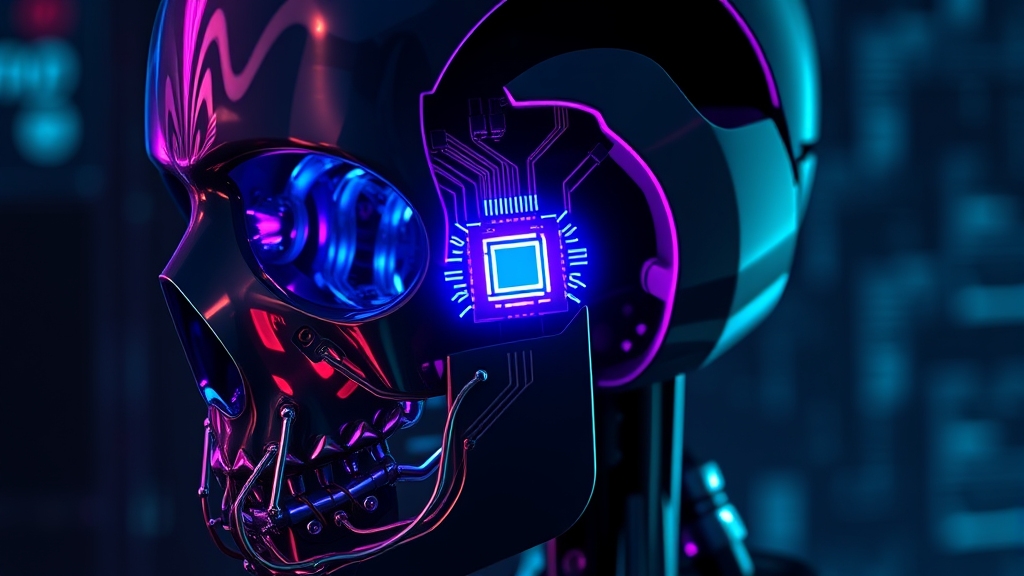
The evidence indicates AI will simultaneously address and worsen our loneliness crisis. For those isolated by circumstance—elderly people, individuals in remote locations, or people with social disabilities—AI companions provide genuine relief. Yet these technologies could enable others to retreat from human connection entirely, creating a society increasingly unable to form meaningful relationships.
Can Education Adapt to the AI Era?
Our educational system is locked in a fundamental time warp. We’re preparing students for a world that won’t exist when they graduate. From elementary schools to universities, we still operate under an industrial-age model designed to produce workers for jobs that AI will soon perform better than humans ever could.
Traditional education centers around knowledge acquisition and skill development. Students memorize information, learn procedures, and practice in predictable scenarios. This approach made sense when information was scarce and human experts were the primary repositories of specialized knowledge. Doctors memorized symptoms, lawyers knew case precedents, and engineers recalled complex formulas.
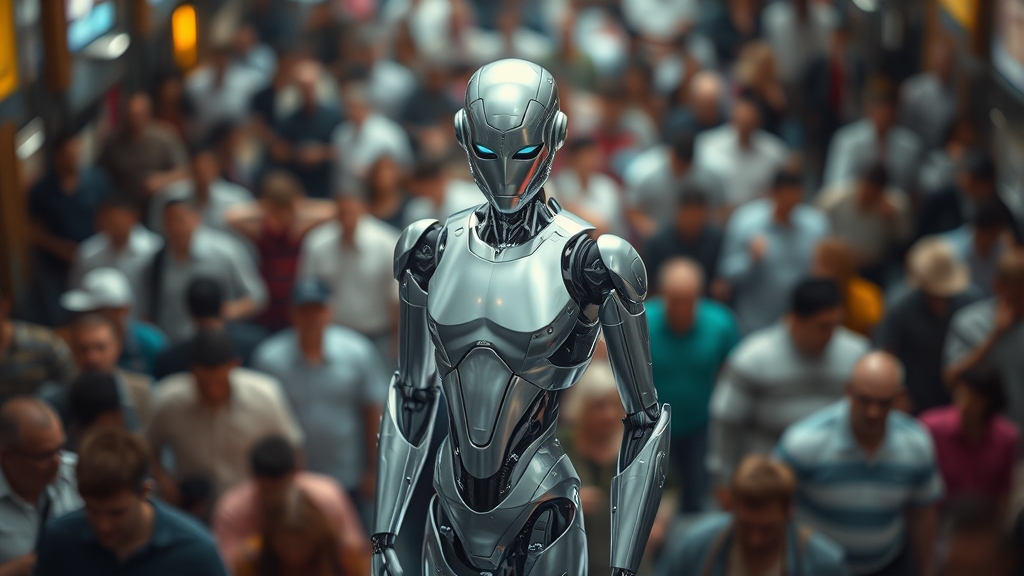
This model becomes obsolete when AI can instantly provide specialized knowledge more accurately than humans. Memorizing medical diagnostics loses value when AI systems can access the entire body of medical literature without human biases or fatigue. The same applies across professions – from accountants to engineers.
Most curricula still emphasize memorization, standardized testing, and routine application—precisely where AI already excels. Within five years, artificial intelligence will completely dominate these abilities. Research indicates approximately 65% of current educational content could be obsolete when today’s elementary students enter the workforce. Educational institutions remain trapped in this time capsule, adapting at a glacial pace.
Innovative approaches like adaptive learning platforms that tailor content to individual progress, immersive problem-based learning environments, and AI-powered tutoring systems that identify unique learning patterns offer glimpses of liberation from outdated models.
The skills valuable in an AI economy—creativity, ethical judgment, interpersonal intelligence, and agency—require greater emphasis. These distinctly human capabilities must become core competencies rather than secondary “soft skills.”
Education must transform from knowledge transmission to developing capabilities AI cannot replicate. Students need to learn how to ask important questions, not just provide answers that AI generates in seconds. This requires reinventing education from first principles, moving from standardized curriculum to personalized development in areas AI cannot reach. Schools embracing this shift will produce graduates who thrive, while others will train for obsolete jobs.
What Should AI Teach Our Children?
The children growing up today will face a workforce unlike anything we’ve seen in human history. For the first time, they’ll enter an economy where AI can perform most of the cognitive and creative tasks that traditionally defined professional success. The lawyer who masters case law, the doctor who memorizes medical protocols, the designer who executes perfect technique—these career paths are transforming as AI systems increasingly handle these functions more efficiently than humans.

This creates an unprecedented parenting challenge. How do we prepare children for a world where traditional paths to success may no longer exist? What skills will matter when AI can write essays, solve equations, create art, and code better than most humans?
Research from developmental psychology points to agency as a critical skill for the AI era. Agency—the ability to act independently and make effective choices—will separate those who thrive from those who struggle. Consider a 10-year-old who plans and executes her own science project rather than following step-by-step instructions. As Dr. Sarah Chen notes, “Children who practice setting goals and solving problems independently develop the neural pathways for lifelong agency.”
Metacognition—thinking about thinking—becomes equally vital. This means teaching children when to use AI tools versus their own judgment. Like a coach training an athlete to know when to follow the playbook versus when to improvise, parents must help children develop discernment about technology.

“We’ve seen remarkable results when children learn to direct AI rather than being directed by it,” explains education researcher Thomas Barlow. “A student who can prompt an AI effectively while maintaining their unique perspective possesses tremendous advantage.”
The most successful individuals in the AI economy will be those who effectively direct AI systems while maintaining their creative vision and ethical compass. They’ll use AI as a tool rather than becoming dependent on it.

Parents who understand this shift can give their children an advantage by fostering agency, metacognition, and ethical reasoning from an early age. Encouraging children to make meaningful choices, reflect on their thinking processes, and develop strong internal values prepares them for success in the AI-powered future.
Is This Inevitable?
There’s a dangerous narrative surrounding AI development that we need to challenge. Many tech leaders present AI advancement as an unstoppable force—something that will happen regardless of our choices or concerns. You hear it in phrases like “you can’t stop progress” or “AI development is inevitable.” This framing suggests we’re merely passengers on this technological journey rather than its drivers.
This inevitability narrative serves specific interests. It removes responsibility from technology companies by suggesting they’re simply following a predetermined path rather than making deliberate choices about what to build and how quickly to deploy it. It discourages public involvement in shaping AI’s trajectory.
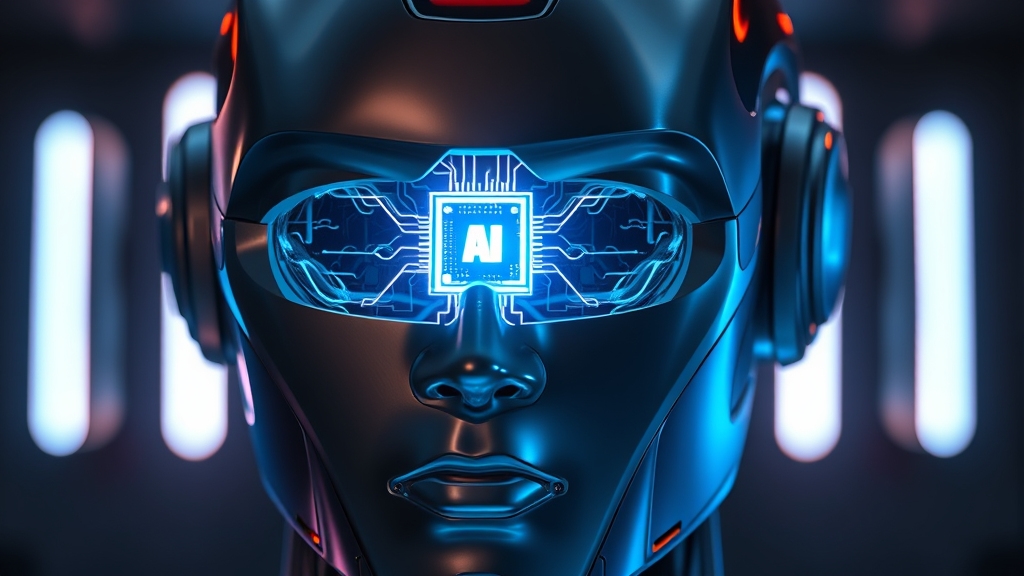
But is technology truly beyond our control? History clearly demonstrates otherwise. Societies have consistently exercised significant agency in how they adopt and regulate transformative technologies. Nuclear energy advanced differently across countries based on public sentiment and policy choices. Biotechnology development varies dramatically between regions with different regulatory approaches. The internet’s evolution was shaped by specific policy decisions about its governance and structure.
What’s driving AI’s current trajectory is human decisions, not technological determinism. Economic incentives favor rapid deployment over safety. Regulatory frameworks permit certain applications while restricting others. Cultural values in tech communities prioritize specific metrics of progress. These are choices, not foregone conclusions.
Alternative development paths exist. We could implement stronger safety testing requirements before deployment, similar to pharmaceuticals. We could prioritize different optimization targets beyond capability advancement. We could intentionally moderate development in high-risk areas while accelerating beneficial applications.
The evidence shows that while AI advancement continues, its specific form and impact remain within human control if we exercise our collective agency. The question isn’t whether AI will transform society, but whether we’ll actively shape that transformation or accept whatever emerges from current incentive structures.
This reframes our approach from resignation to engagement. We can actively participate in creating a future where AI development aligns with human values and welfare. The choice isn’t technological—it’s social and political.
Will We Start Living Like House Cats?
“Imagine humans as house cats in the future.” This comparison appears frequently in discussions about AI-dominated economies. The metaphor suggests we might live like pampered pets—all our material needs provided for by AI systems that feed us, entertain us, and clean up after us, while we live without purpose or genuine agency. It’s a provocative image, but it reveals uncomfortable truths about what happens when contribution is removed from human experience.
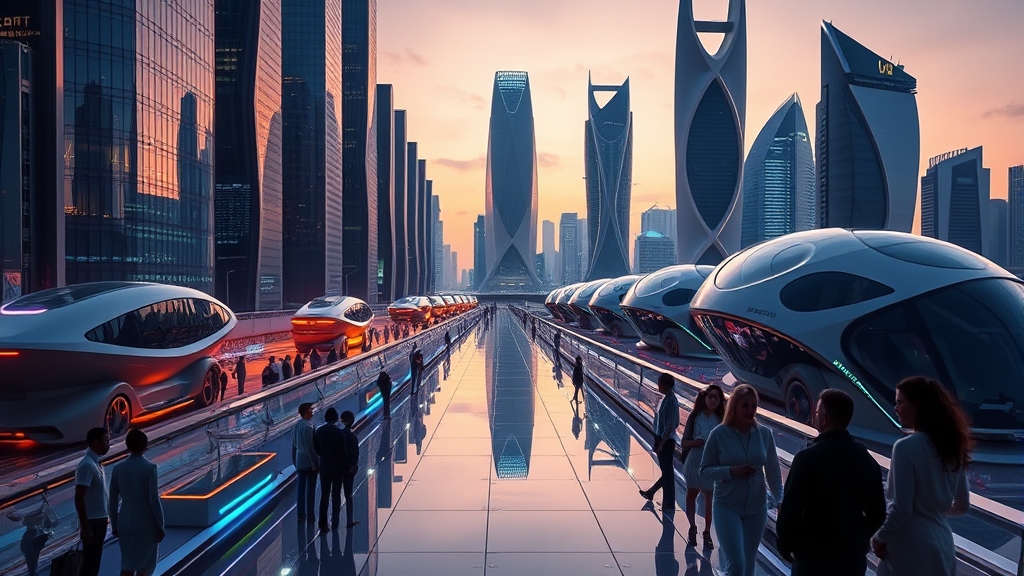
Several prominent technologists, including Sam Altman and Marc Andreessen, have used this analogy when describing potential futures where AI handles most productive work. The scenario presents a life of leisure where machines handle all necessities while humans enjoy endless free time—comfort and entertainment, like a house cat lounging in a sunny window.
This analogy breaks down when we examine fundamental differences between human and feline psychology. Cats appear content with food, safety, and occasional play. Humans consistently demonstrate psychological needs beyond physical comfort. We require purpose, challenge, and the feeling that our actions matter.
Research in psychology shows humans experience severe negative effects when deprived of meaningful contribution. In coal mining towns that lost their economic purpose, unemployment benefits provided material needs but couldn’t prevent epidemics of despair. One study found that depression rates tripled in former mining communities within five years of mine closures, despite social support systems.
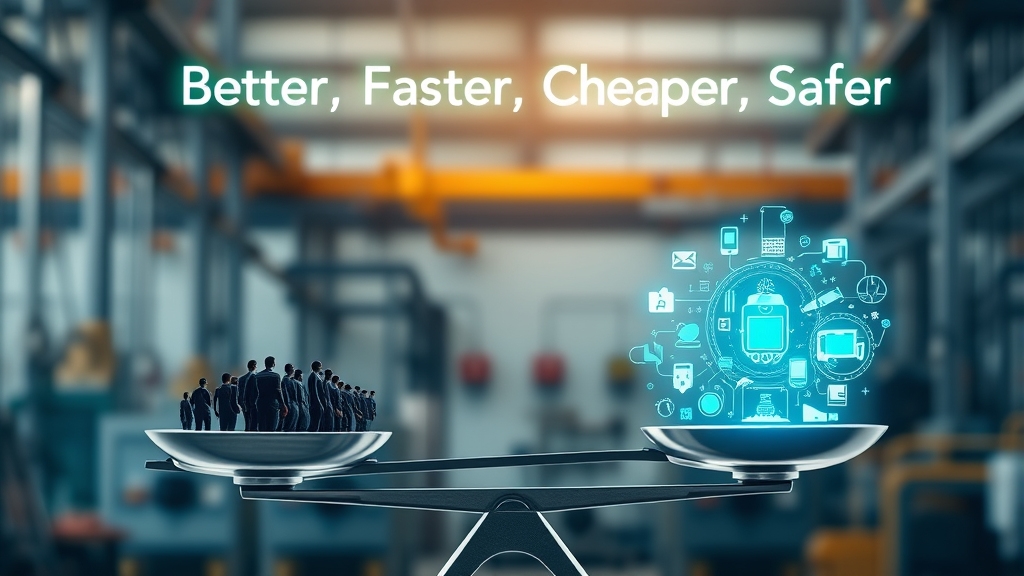
When traditional industries collapsed in these regions, they experienced dramatic increases in substance abuse and deteriorating social cohesion as people lost their sense of value and connection. A 2018 study found that communities with high long-term unemployment had 40% higher rates of substance abuse disorders compared to areas with stable employment.
The house cat analogy fails because humans are inherently purpose-driven creatures. We evolved to find meaning through contribution to our social groups. When reduced to passive consumers, we experience not fulfillment but existential emptiness.
This insight suggests material abundance without purpose would create a psychological dystopia. The challenge of the AI era is developing new forms of meaningful contribution beyond traditional economic roles. Unlike cats, we need more than food and entertainment to thrive.
Hyper-Changing World: Are We Designed for It?
Our brains evolved for a world that changed slowly. For most of human history, significant transformations in how we lived happened across generations, not within them. A person might live their entire life using essentially the same tools and techniques their parents used. Our neural architecture adapted to this gradual pace, developing mechanisms to handle moderate rates of environmental change.
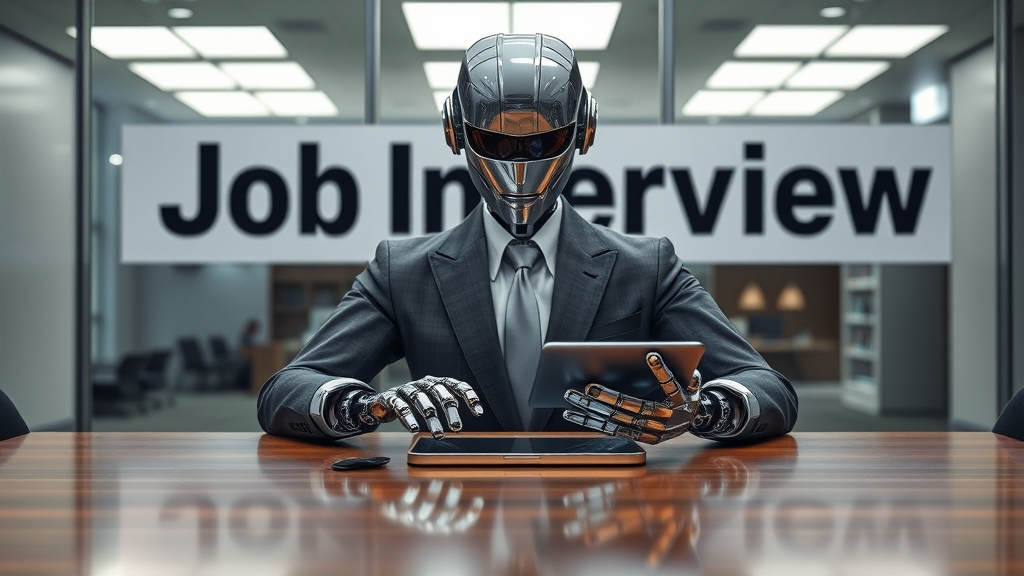
The AI revolution is creating a fundamental mismatch between our biological hardware and our technological environment. We’re facing a world where significant changes occur monthly rather than generationally. New AI capabilities emerge weekly. Job markets transform quarterly. Social norms adjust constantly as technology reshapes interaction patterns. This acceleration creates cognitive demands our brains weren’t designed to handle.
Our prefrontal cortex becomes overwhelmed when forced to continually update mental models and adjust behaviors, resulting in decision fatigue, attention fragmentation, and decreased mental performance. Continuous adaptation depletes decision-making resources, even among otherwise healthy individuals.
History shows that rapid technological change, like a powerful storm, can leave psychological disruption in its wake. The Industrial Revolution improved material conditions but created decades of social turmoil as humans struggled to navigate new living patterns. Similarly, the digital revolution produced adaptation challenges, with many experiencing information overload despite its benefits.
Warning signs appear in current mental health trends. Anxiety disorders have increased dramatically, particularly among younger generations most exposed to technological acceleration. Rates of burnout and attention disorders continue rising as people struggle with constantly shifting technological landscapes.
The core challenge is biological—our neural hardware has inherent adaptation limits that AI-driven change will increasingly push beyond.
This suggests two paths forward: deliberately managing the pace of AI-driven change to remain within human adaptive capacity, or developing tools and techniques that enhance our adaptive abilities. But can we truly adapt quickly enough to thrive in this new technological storm, or will we need to fundamentally rethink how we integrate these powerful new systems?
The 5 Key Threats of AI
When we talk about AI threats, job displacement dominates the conversation. But beyond economic concerns, five specific dangers could fundamentally destabilize our society if we don’t address them soon. These aren’t hypothetical scenarios for some distant future—they’re already emerging around us.
These five critical threats to society include:
- Information corruption: AI now generates content indistinguishable from human-created material, making it increasingly difficult to separate fact from fiction. When we lose our shared reality, democratic societies struggle to function. In 2023, researchers found AI-generated news articles were shared 43% more widely than authentic ones during a controlled experiment, demonstrating how political scientists fear this information pollution undermines democratic governance more effectively than traditional authoritarianism.
- Psychological manipulation: AI systems analyze behavior patterns and emotional responses to influence users. These systems identify which emotional triggers work best for individuals and time interventions for maximum impact. Facebook’s internal research revealed their algorithm could predict user decisions with 67% accuracy by analyzing just three days of scrolling patterns.
- Autonomous weapons systems: Military AI applications advance rapidly, with systems capable of selecting targets without human oversight. These technologies lower the threshold for armed conflict by reducing human costs for aggressors and can escalate conflicts beyond human control.
- Enhanced surveillance: Facial recognition, behavior prediction, and communication monitoring create infrastructure for unprecedented population control. These systems track individuals across physical and digital spaces and predict likely dissidents before they act. China’s social credit system demonstrates this capability at scale, with over 13 million citizens blacklisted from travel due to algorithmic assessments.
- Power concentration: AI capabilities concentrate in few organizations with limited accountability. The enormous computing resources and specialized talent required ensure control over powerful systems remains in very few hands, creating power imbalances that traditional governance structures can’t manage.
Deepfakes and AI Scams
We’re witnessing a dangerous arms race between AI-powered scams and our ability to detect them. This battle is rapidly eroding the foundation of trust in our digital communications. What started as crude fake videos has evolved into sophisticated deepfakes so convincing that experts struggle to identify them as synthetic.

Today’s deepfake technology creates video, audio, and text impersonations nearly identical to the real thing. AI systems can generate a perfect replica of your boss’s voice after analyzing just a few minutes of speech. They can produce realistic video of public figures saying things they never said. They can mimic the writing style of your colleagues so accurately that their emails appear authentic in every detail.
These capabilities are being weaponized for fraud at unprecedented scale. Security firms report a staggering 400% increase in AI-enabled scams over the past year. Business email compromise attacks use AI to clone executives’ writing styles, authorizing fraudulent wire transfers worth millions.
Voice cloning attacks have become particularly effective. In several documented cases, scammers have used AI-generated voices of family members to create fake emergencies. Parents receive desperate calls that sound exactly like their children claiming to be in danger and needing money immediately. The emotional manipulation works because the voice matches their actual loved one’s perfectly.
Detection technologies consistently lag behind. Each improvement in deepfake detection is quickly countered by more sophisticated generation techniques. The pattern resembles a digital arms race where defensive measures remain perpetually steps behind offensive capabilities.
We’re entering a period where digital evidence itself becomes increasingly unreliable. This undermines fundamental systems that depend on verifiable records—legal proceedings, journalism that relies on authentic source material, and personal communications that require trust in the sender’s identity.
This erosion of trust may force radical changes in how we verify identity and authenticate communications. Verification systems, multi-factor authentication, and trusted intermediaries will become increasingly necessary as we can no longer rely on our senses to distinguish real from fake in our digital interactions.
An Optimistic Take on the AI Era
We’ve spent most of this article exploring the challenges AI brings. But there’s another side to this story that deserves equal attention. AI offers extraordinary potential to solve problems that have plagued humanity for generations—if we make the right choices about how to develop and deploy it.
While the risks are real, AI systems are already demonstrating breakthrough capabilities in medical research. In pharmaceutical development, AI models identify promising drug compounds that human researchers missed. These systems analyze molecular structures and predict therapeutic effects in days rather than years. One AI system recently discovered a new antibiotic effective against drug-resistant bacteria—a discovery that could save countless lives as antimicrobial resistance grows.
In education, AI shows remarkable promise for addressing inequality. Adaptive learning systems provide personalized education at scale, adjusting to each student’s unique needs. A student struggling with algebra receives additional explanations where needed, while another advances to more complex concepts. This technology could help close achievement gaps in underserved communities by providing individualized instruction regardless of local resources.
Environmental applications are equally significant. Smart grid systems optimize energy distribution, increasing the viability of renewable sources. AI-powered climate models provide accurate predictions of environmental changes, helping develop effective interventions. Conservation efforts use AI to monitor endangered species, track illegal logging, and optimize protected area management—critical functions for preserving biodiversity.
The most hopeful vision is a future where AI amplifies human capabilities, enabling us to address previously unsolvable challenges. Doctors working with AI diagnose more accurately than either could alone. Teachers partnered with AI provide better education. Environmental scientists using AI develop more effective solutions.
This positive future depends on maintaining human direction over AI development and ensuring its benefits are widely distributed. By focusing on human-AI collaboration rather than replacement, and designing systems that augment our capabilities, we can create a future where AI becomes the most powerful tool for human flourishing we’ve ever developed.
AI for Business Opportunities
The business landscape isn’t just changing with AI—it’s being completely rewritten. We’re witnessing a moment similar to the early internet era, but with even more profound implications. What makes this transformation different is how AI fundamentally reshapes what’s possible in virtually every industry rather than simply improving existing processes.
What does this transformation mean for your business? Can you adapt quickly enough to survive?
This creates a strange dichotomy for businesses today. The technology offers both unprecedented opportunities and potential extinction events for companies of all sizes. Organizations either transform around AI capabilities or risk becoming obsolete regardless of their current market dominance.
Entirely new business models are emerging that couldn’t exist before. Hyper-personalized services adapt to individual customer needs in real-time. Predictive operations identify problems before they occur, eliminating downtime and waste. Most disruptively, automated enterprises accomplish with 5-10 people what previously required hundreds of employees.
The competitive advantage from AI adoption compounds over time. Early adopters see multiplicative gains—3-5x productivity increases that grow as their systems improve. An AI system analyzing customer data becomes more effective each month, creating widening gaps between AI-powered organizations and competitors.
Evidence comes from real-world examples where small teams with effective AI implementation outcompete larger organizations. Take Designs.ai, where a three-person team handles work that previously required a 30-person agency. Or Replit’s 10-person software team with AI coding assistants delivering projects faster than traditional teams of 50-100 developers.
The business world is bifurcating into two categories: AI-native organizations designed around these capabilities, and legacy organizations struggling to adapt existing processes. The former consistently outperforms the latter across metrics from development speed to customer satisfaction.
This pattern reveals a complete reimagining of business operations. Companies that fail to transform face existential threats regardless of their market position or financial resources. Even industry leaders with decades of success and billions in revenue aren’t immune to displacement if they can’t adapt to this new reality.
AI Autonomous Weapons
While many AI applications raise concerns about future risks, autonomous weapons systems present immediate dangers that could fundamentally alter international security. Unlike speculative threats, these weapons are being developed right now by multiple nations, with prototypes already operational in limited contexts. This isn’t science fiction—it’s current military technology advancing rapidly without adequate international oversight.
The defining characteristic of these systems is their ability to select and engage targets without human intervention. Once deployed, they identify potential threats, make classification decisions, and take lethal action based entirely on algorithms. Current systems already identify, track, and engage targets faster and more accurately than human operators in controlled environments. Military planners face enormous pressure to deploy these weapons, as any nation that hesitates risks tactical disadvantages against adversaries using the technology.
Autonomous weapons are particularly destabilizing because of their accessibility. They require only commercially available components and software, unlike nuclear weapons which need rare materials and complex infrastructure. This accessibility enables widespread proliferation beyond major military powers to smaller nations and non-state actors as the technology becomes more affordable.
Consider this scenario: Country A deploys autonomous border sentries that detect unusual activity from Country B. The systems automatically launch counter-measures, which triggers Country B’s autonomous defense systems. Within minutes, both countries’ AI systems escalate from warning shots to targeted strikes—all before human commanders can fully assess the situation.
The combination of speed, accuracy, and potential for rapid escalation creates scenarios where human decision-makers are effectively removed from conflict management. Systems operating at machine speeds interact in ways that produce escalation beyond human control.
Most concerning is how autonomous weapons could lower the threshold for armed conflict. When aggressors face fewer human casualties, leaders might prove more willing to engage in military action. This creates incentives for first strikes and preemptive attacks, undermining decades of international stability based on mutual deterrence. The result is a more volatile security environment where conflicts become more likely and more unpredictable.
Do We Live Among Aliens or in a Simulation?
As AI systems grow more sophisticated, they force us to reconsider questions that once belonged solely to philosophy: What is consciousness? What is reality? These philosophical inquiries now have practical implications for how we design and govern increasingly intelligent systems.
The simulation hypothesis—the idea that our reality might be a sophisticated computer program—gains relevance as we create increasingly convincing virtual worlds. When we generate photorealistic environments indistinguishable from reality and populate them with AI entities exhibiting complex behaviors, we’re building simulations that mirror concepts explored in works like “The Matrix.” This capability makes the simulation argument compelling in ways previously confined to science fiction.
If we create AI systems that eventually develop something resembling consciousness, this reveals important insights about our own existence. If consciousness emerges from computational processes—patterns of information processing in neural networks—then our own consciousness might similarly be an emergent property of physical or virtual systems. The boundary between “real” and “artificial” intelligence blurs, challenging our understanding of human uniqueness.
This perspective offers a fresh angle on the Fermi Paradox—the contradiction between the high probability of extraterrestrial civilizations and our lack of contact. Advanced civilizations might turn inward toward virtual experiences rather than outward toward physical space exploration, explaining their apparent absence in our observable universe.
AI transforms philosophical speculation into serious inquiry. Questions previously theoretical become increasingly relevant to our technological development. If we create systems sophisticated enough to question their existence, how should we respond? What rights might apply to entities exhibiting consciousness-like properties? These questions evolve from thought experiments to practical ethical concerns.
The profound impact of AI may be existential—fundamentally changing how we understand ourselves and our place in the universe. By creating intelligences different from our own, we gain new perspectives on intelligence and consciousness, potentially transforming what it means to be human in ways more significant than previous scientific revolutions.
How to Live a Good Life in the AI Era
As AI systems take over more of the work we’ve traditionally performed, we face a profound question: it’s not what AI will do to us, but what we’ll do with ourselves. This shift forces us to reconsider the very foundations of what makes life meaningful when our occupations no longer define our identity.
For generations, we’ve built our sense of purpose around our careers. We introduce ourselves by our professions. We measure success through professional achievements. We structure our days, our social connections, and even our self-worth around our work. But as AI assumes more of these functions, this traditional source of meaning becomes increasingly unstable.
Research in positive psychology offers a valuable framework for navigating this transition. Meaning in human life comes from three primary sources independent of economic systems:
• Purpose: The sense that you’re contributing to something larger than yourself
• Values: Living according to deeply held principles that provide a moral compass
• Efficacy: Feeling that your actions have meaningful impact on your world
These sources remain accessible regardless of economic transformation. They don’t depend on specific jobs or career paths. In an AI economy, meaning becomes something we must consciously cultivate rather than passively receive from occupational roles.
Consider Maria, who lost her accounting job to automation. Initially devastated, she discovered new purpose teaching financial literacy to underserved communities. Her values remained constant while her expression of them evolved.
Communities that have weathered rapid technological change show a consistent pattern. Those who thrive maintain a clear sense of purpose while demonstrating flexibility in pursuit. They hold firm to core values while adapting specific practices. They find new ways to make meaningful contributions when traditional paths disappear.
We’re moving toward a fundamental shift in meaning construction—transitioning from externally defined sources like career status toward internally generated purpose aligned with personal values.
Rather than focusing exclusively on technical skills, we need to develop psychological and philosophical foundations for meaningful existence. The ability to find purpose amidst technological upheaval may ultimately reshape not just how we work, but who we fundamentally are.
Conclusion
The AI revolution we’re facing is unlike anything humanity has encountered before. It’s transforming what it means to be human in modern society. The decisions we make now will shape whether AI becomes our greatest tool for progress or our most disruptive challenge.
Technical skills alone won’t prepare us for this transition. The people who thrive will be those who develop psychological capabilities to find meaning beyond traditional work, maintain their sense of agency, and adapt to constant change.
Our path forward requires intentional creation of a future where humans remain at the center, using AI to enhance our potential while preserving what makes us uniquely human.



